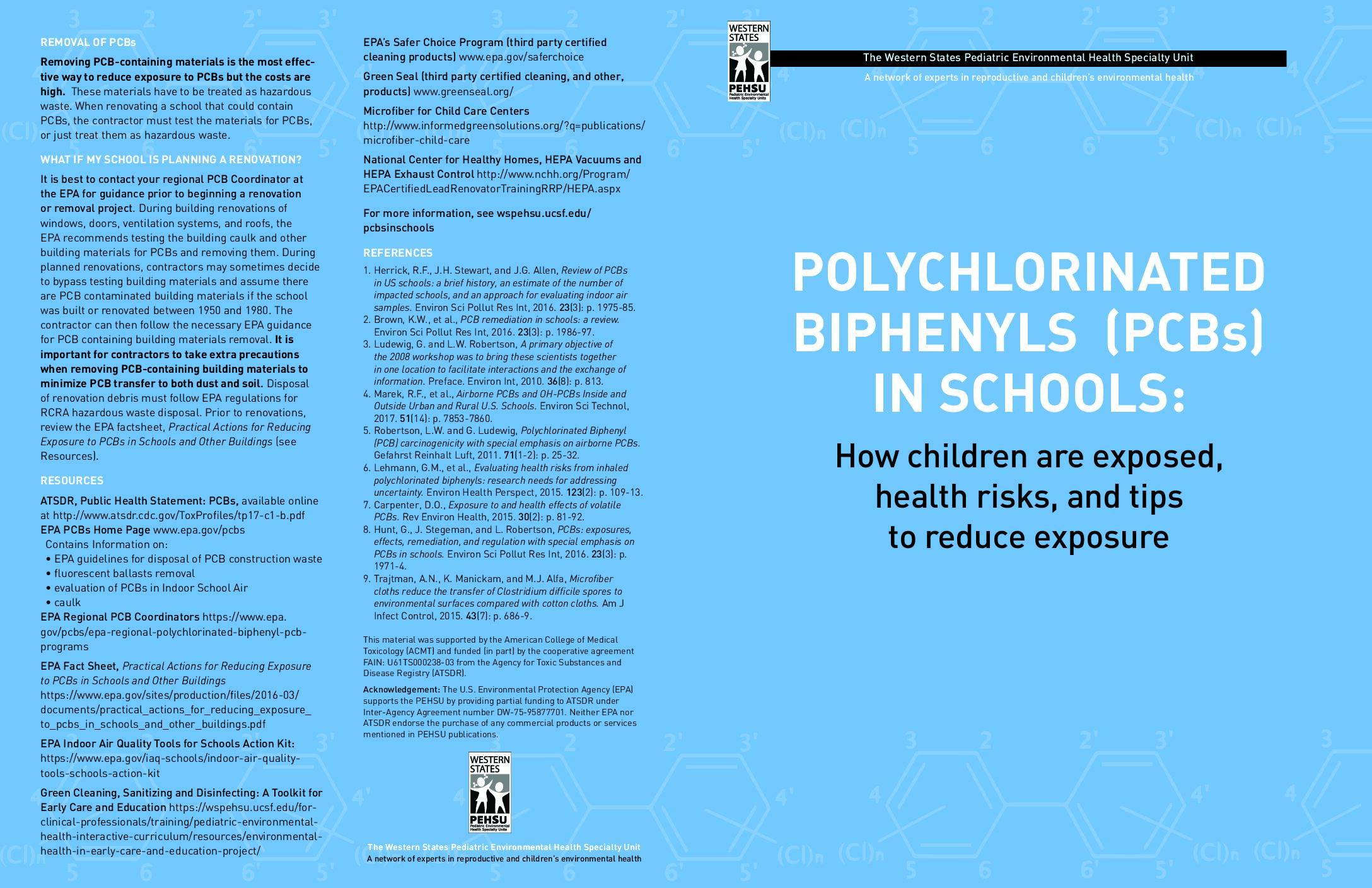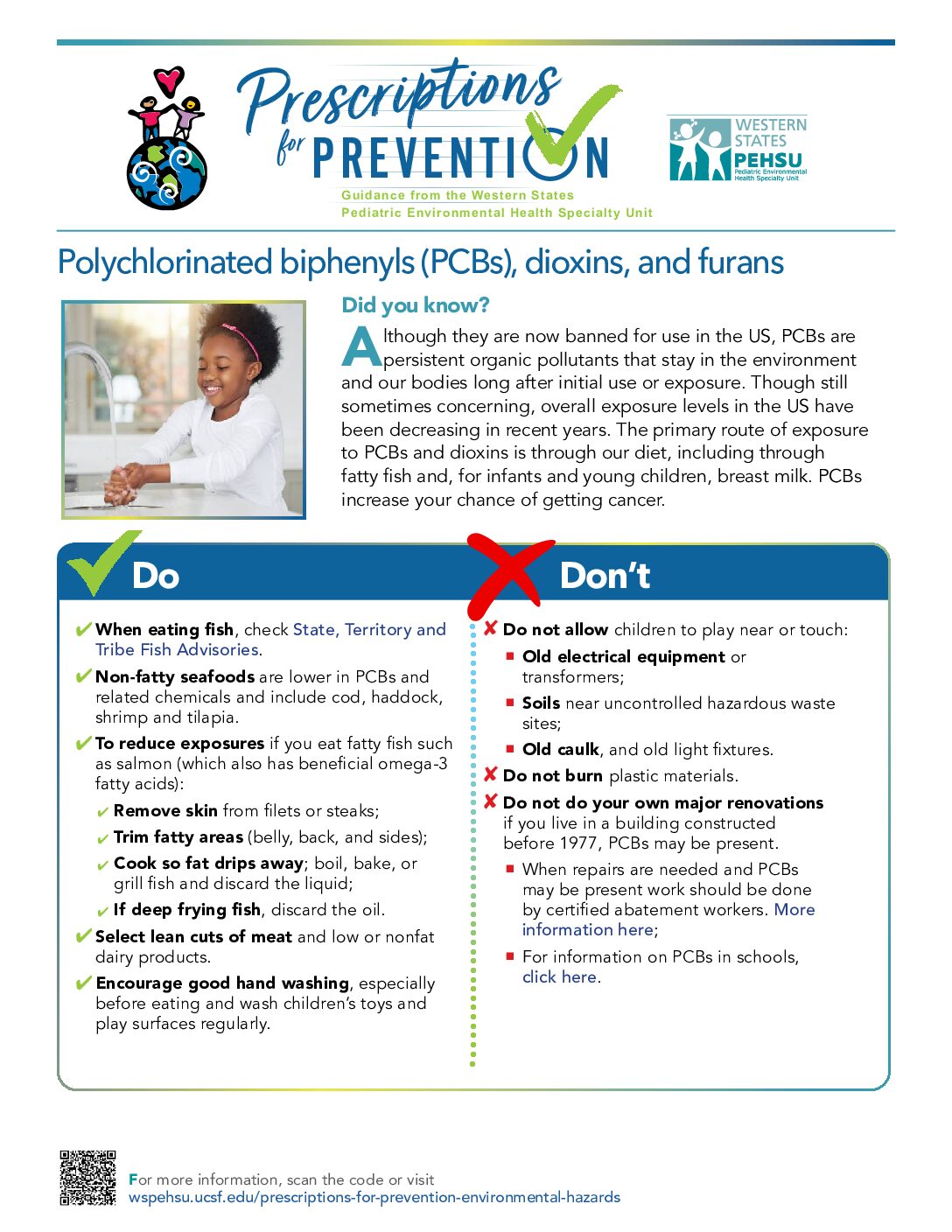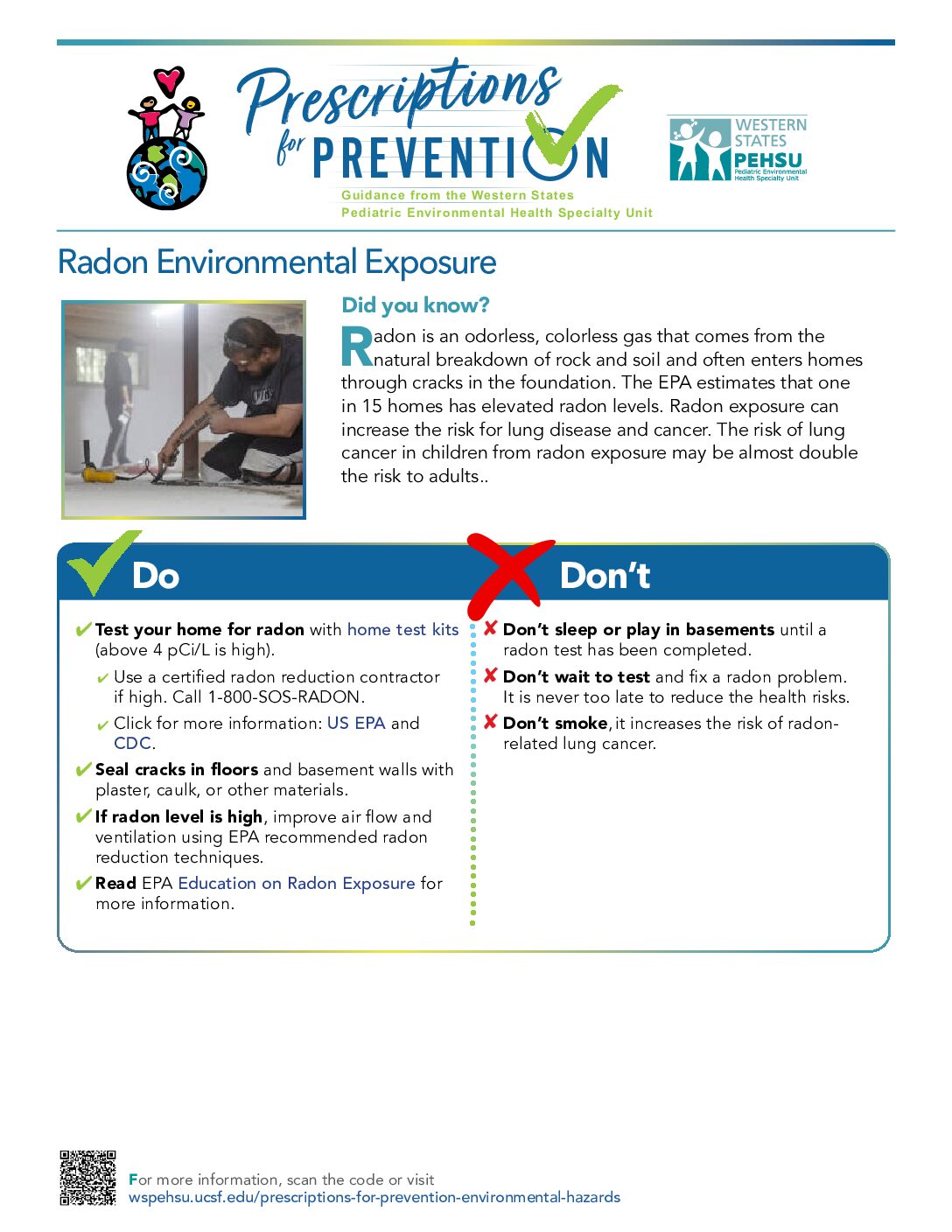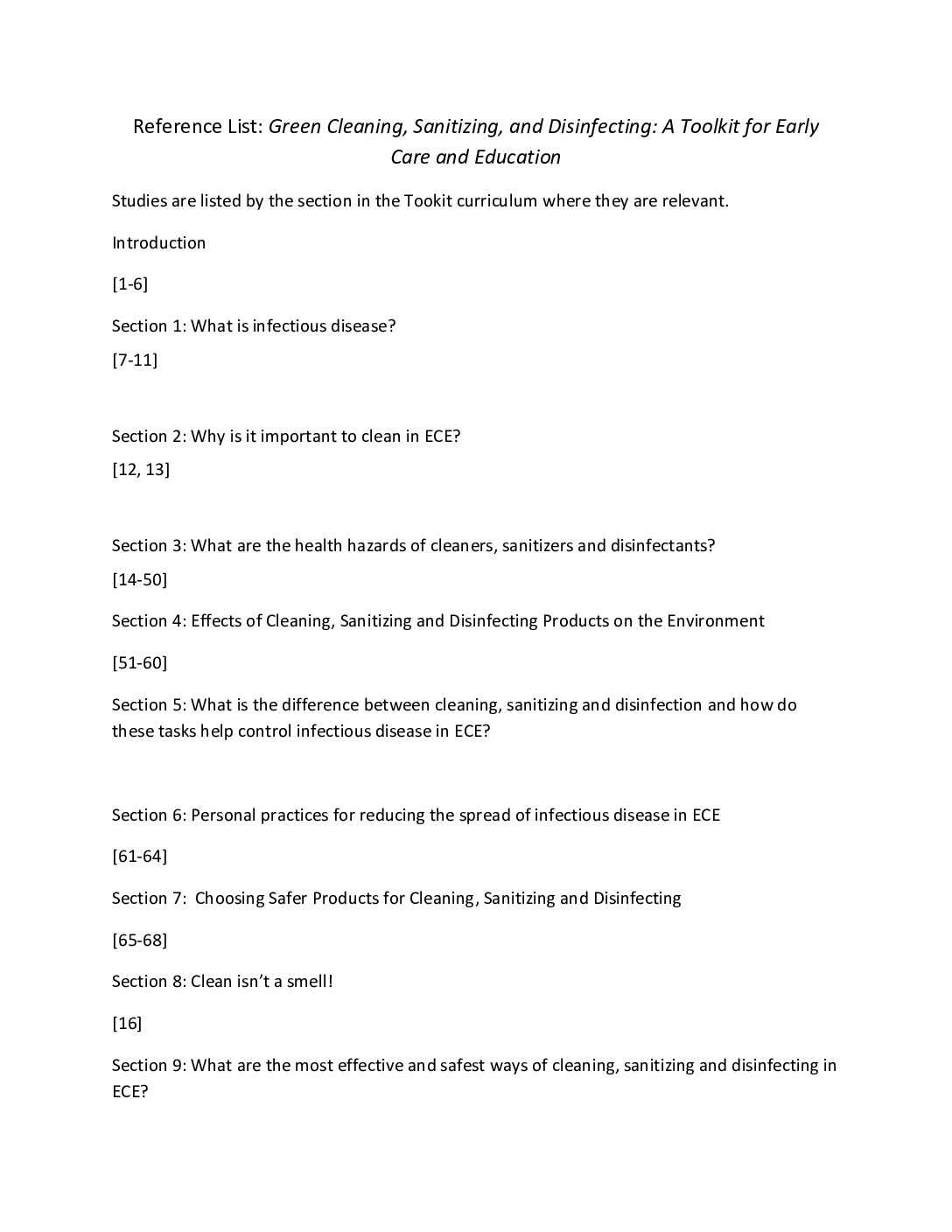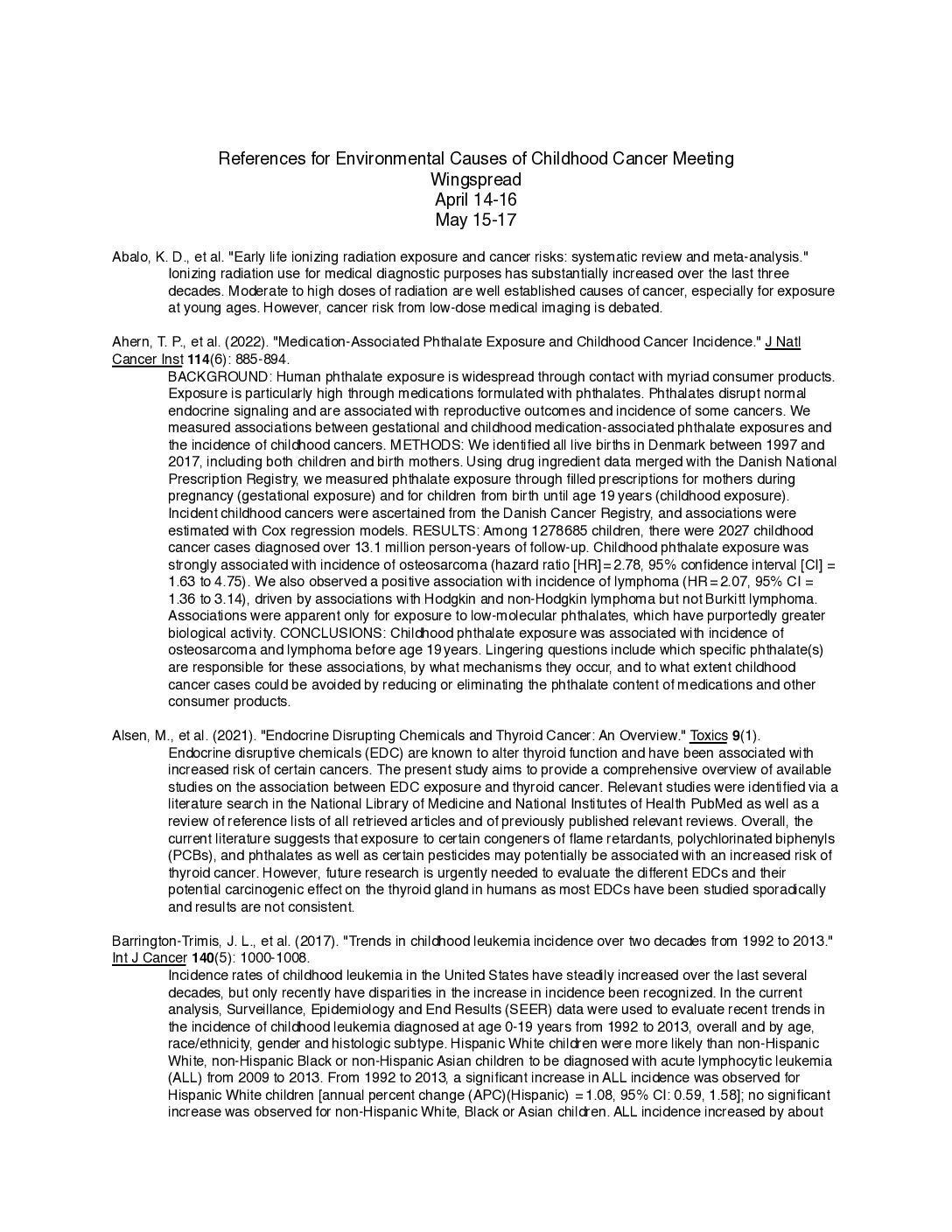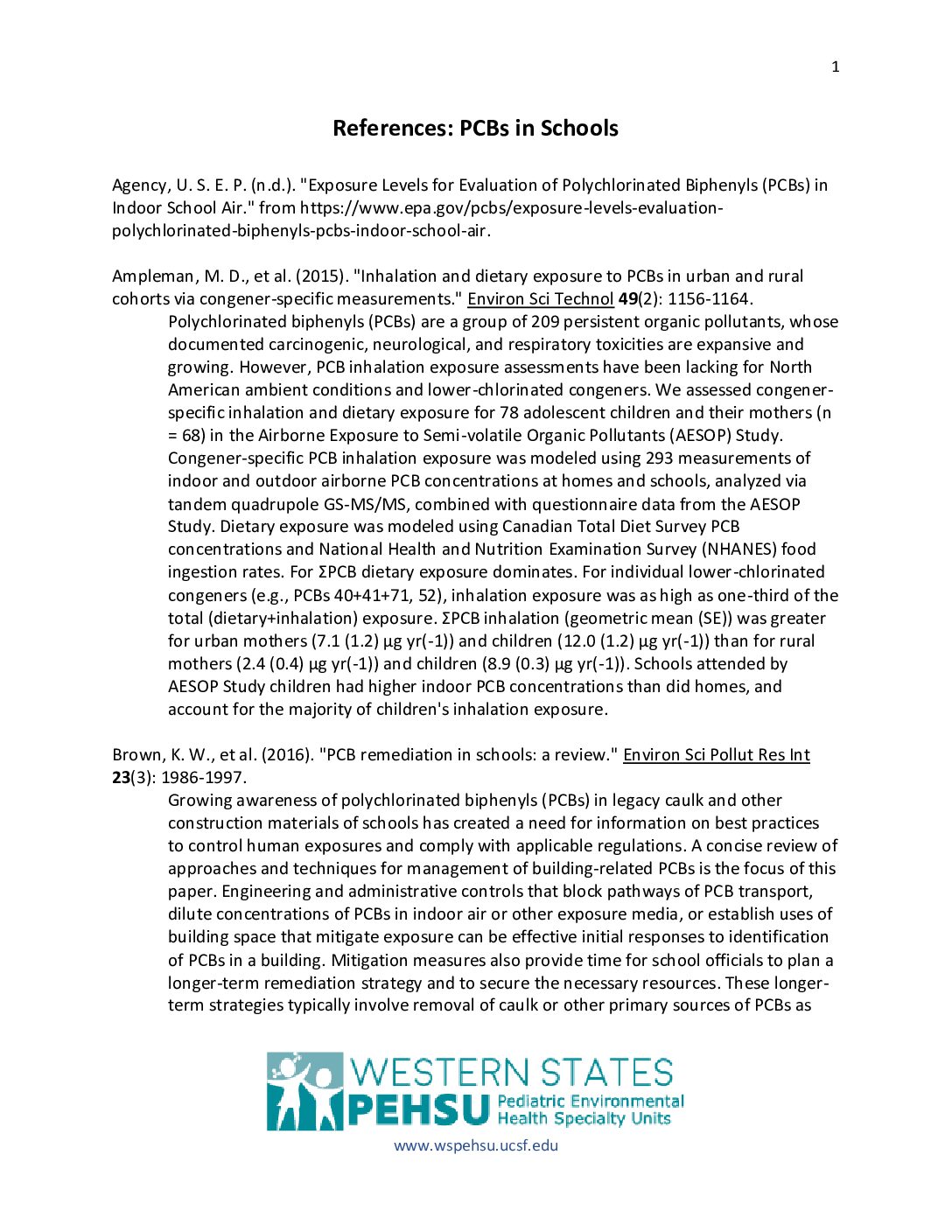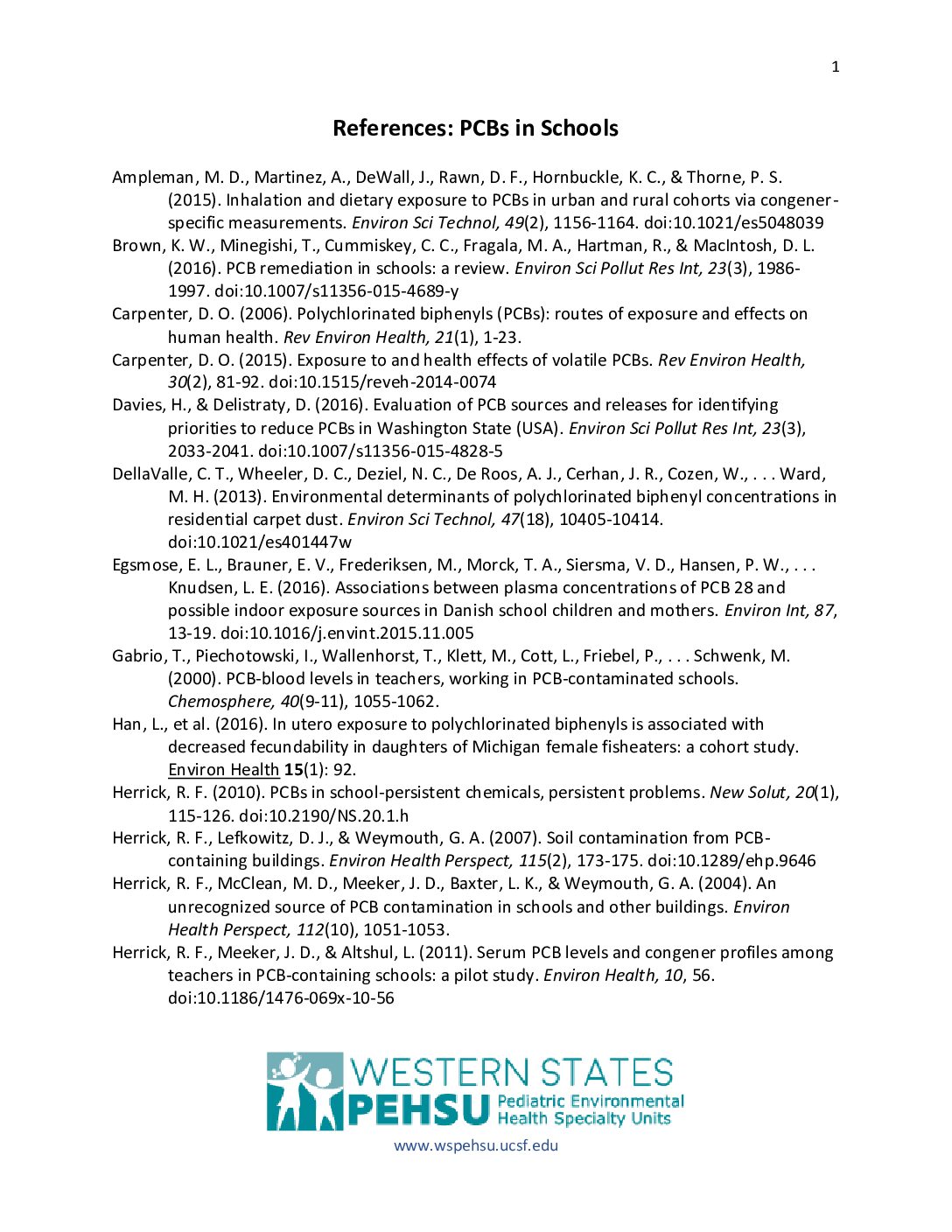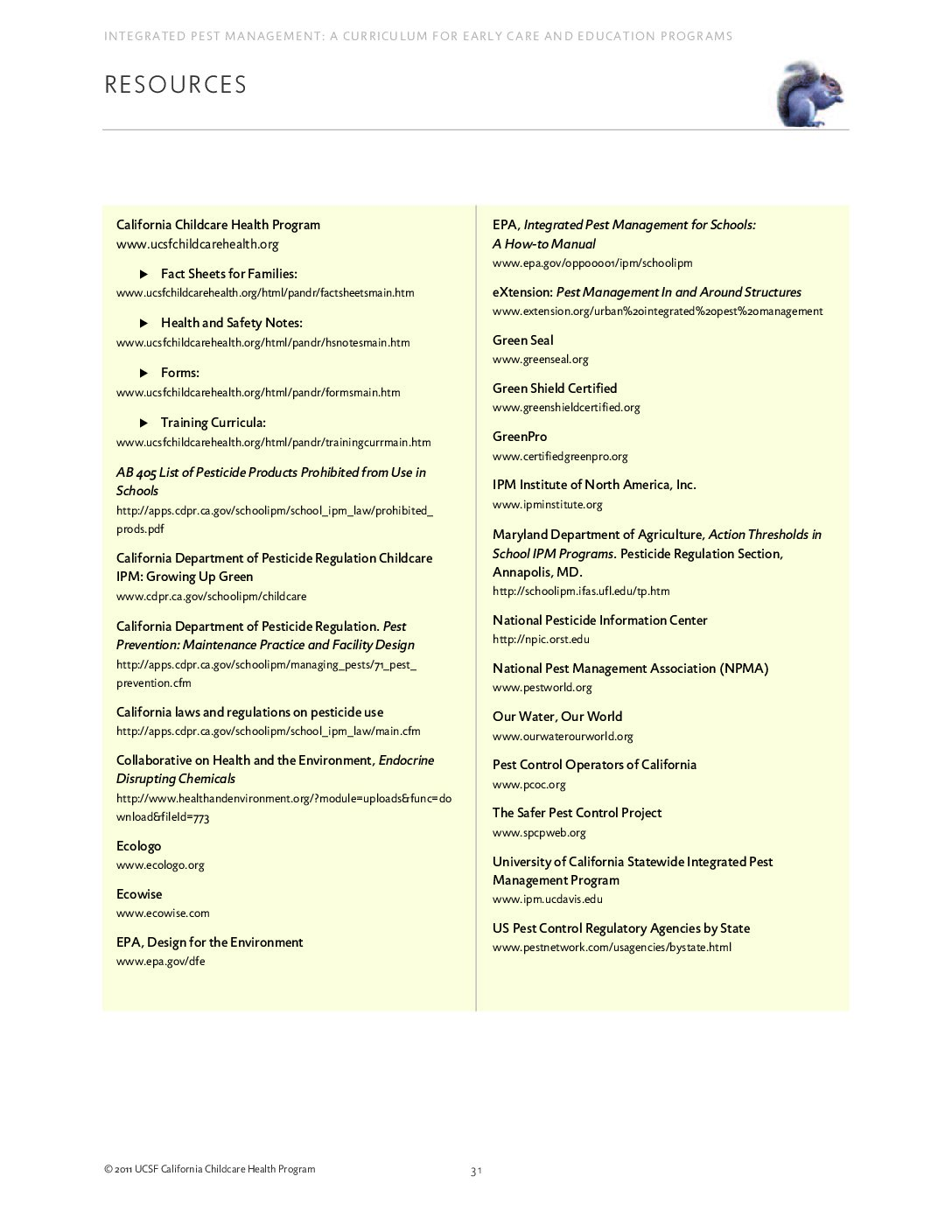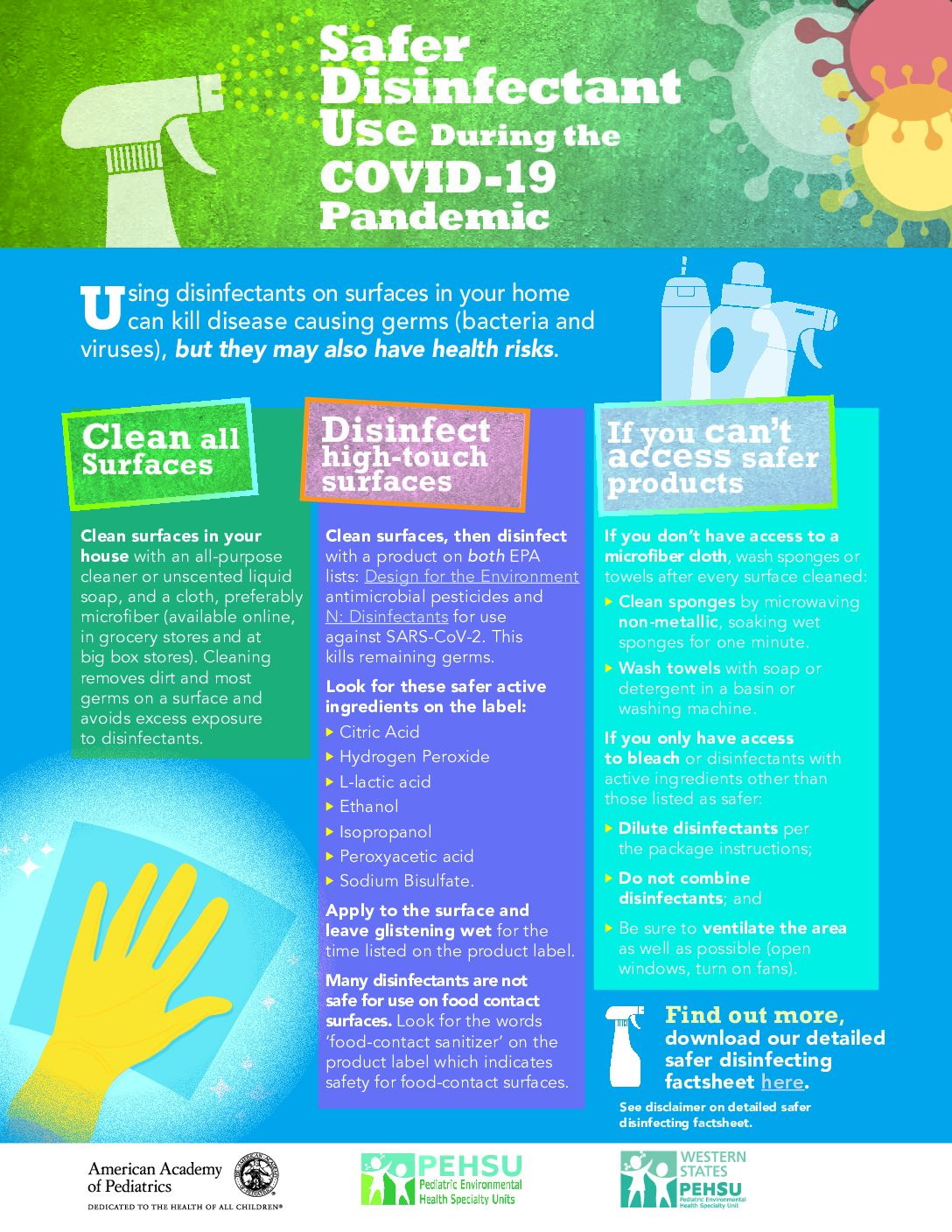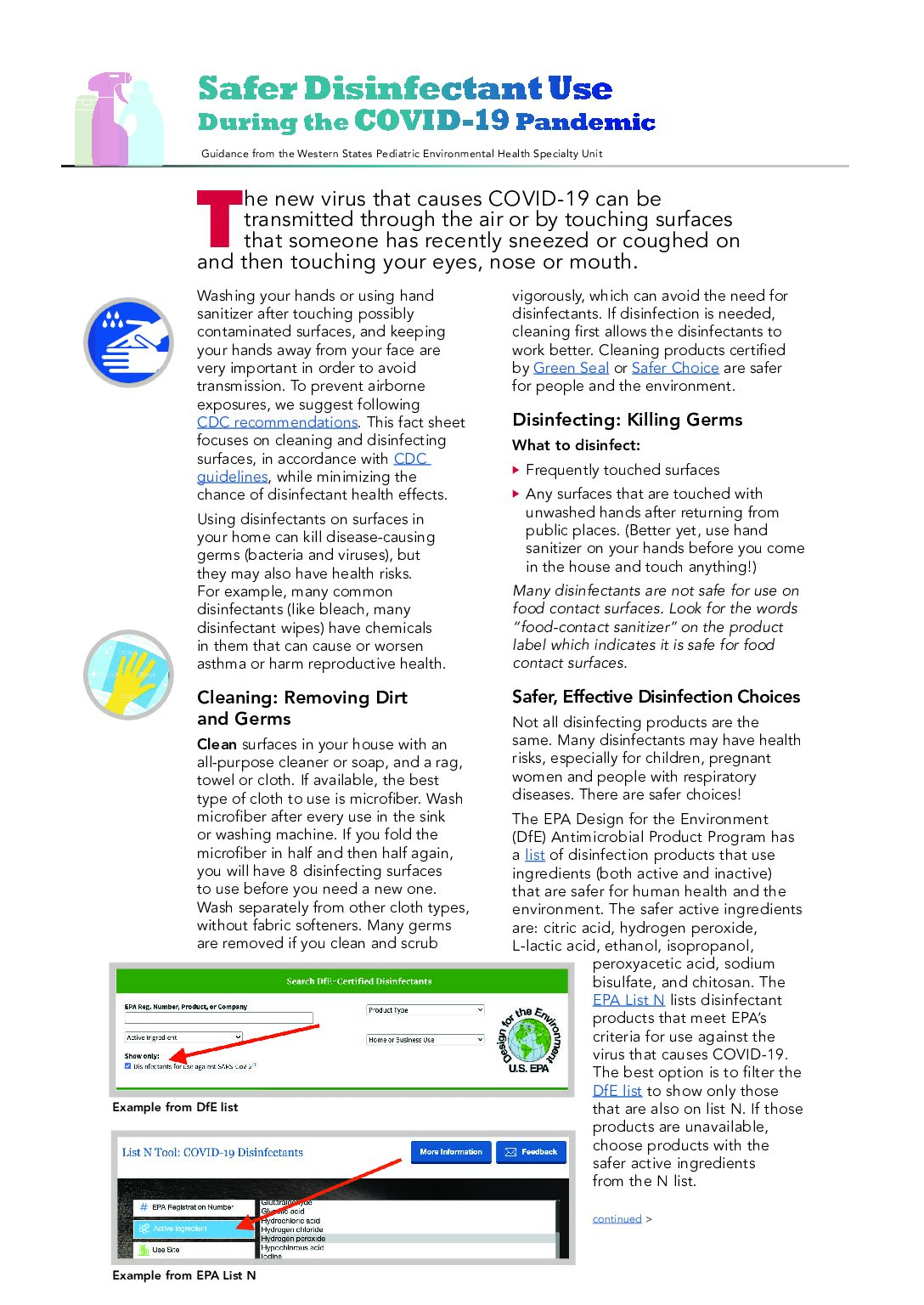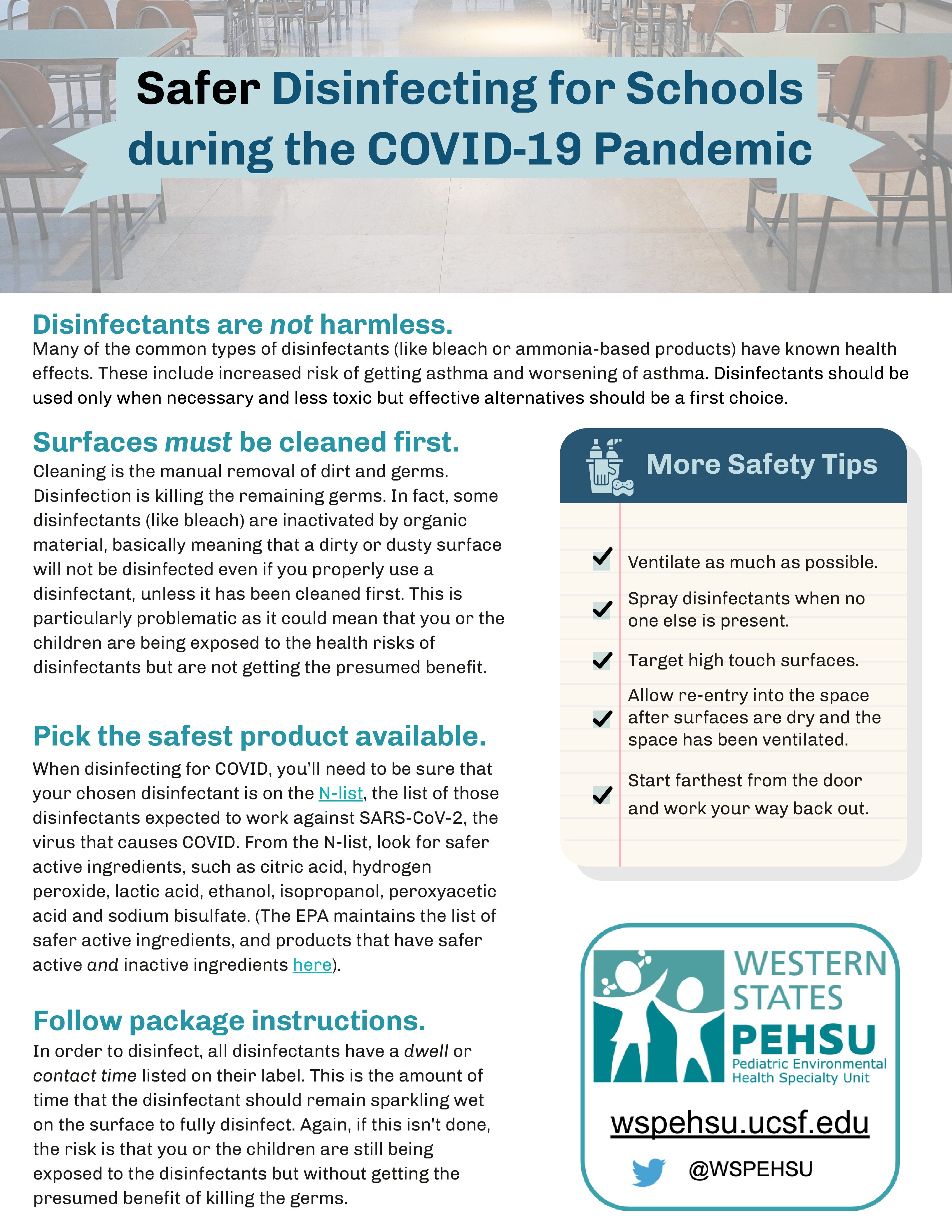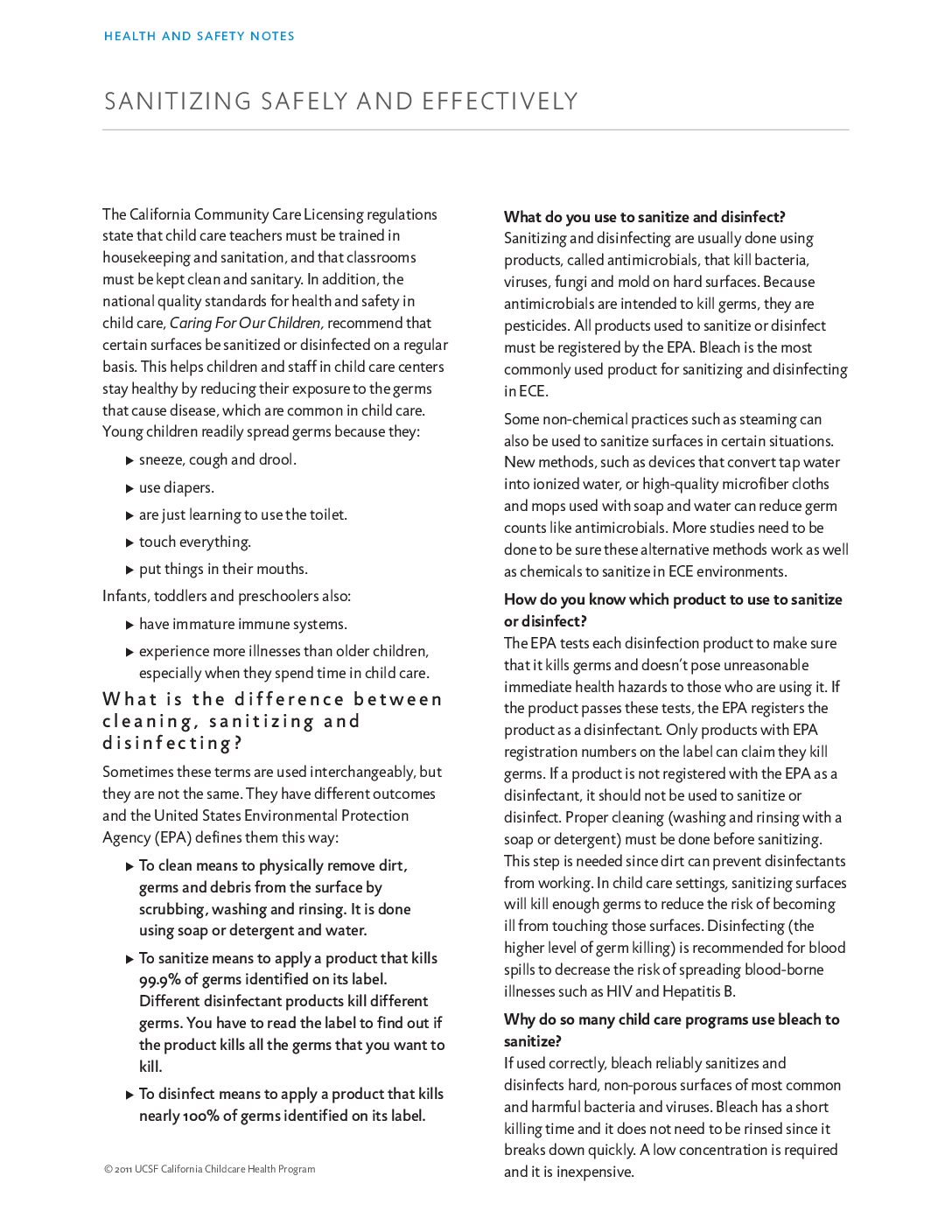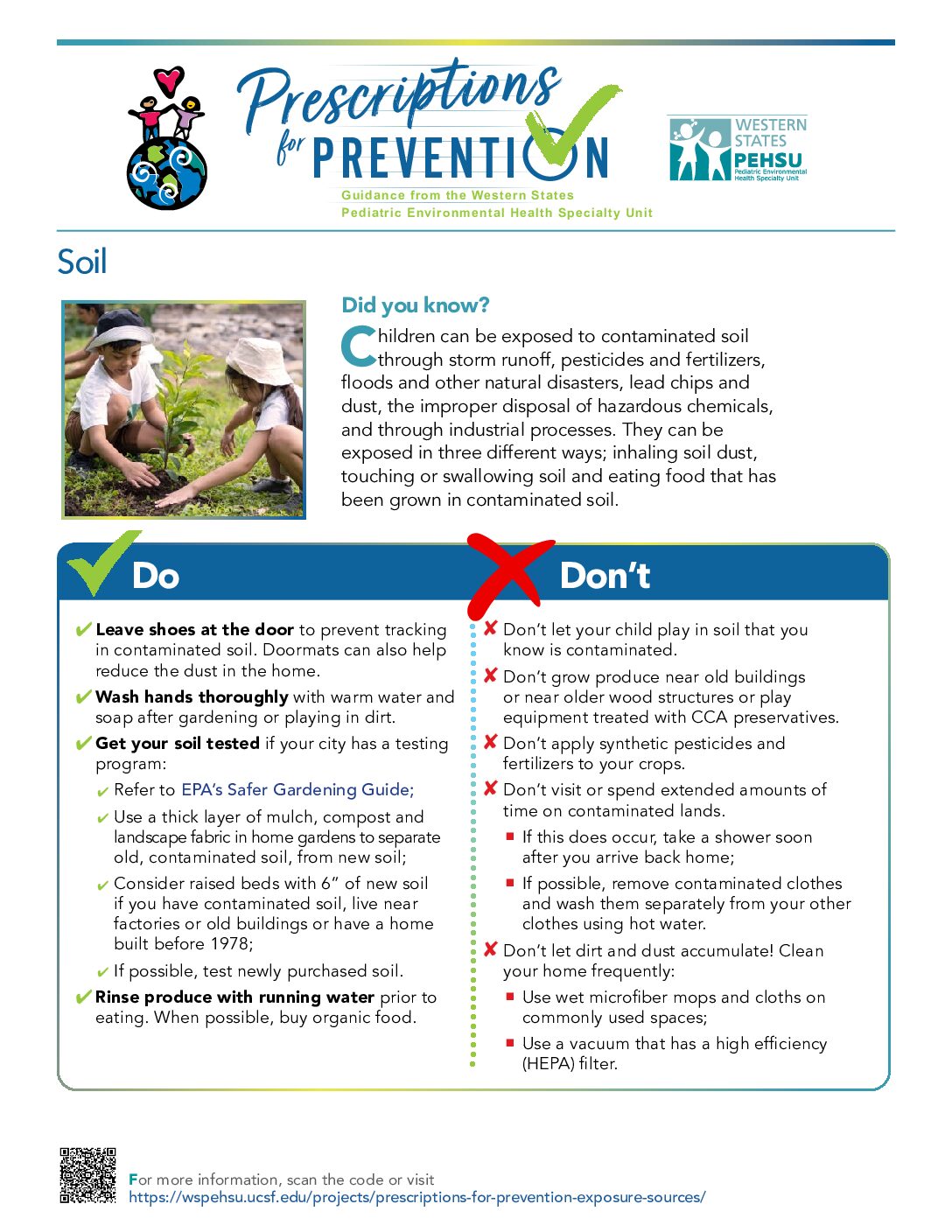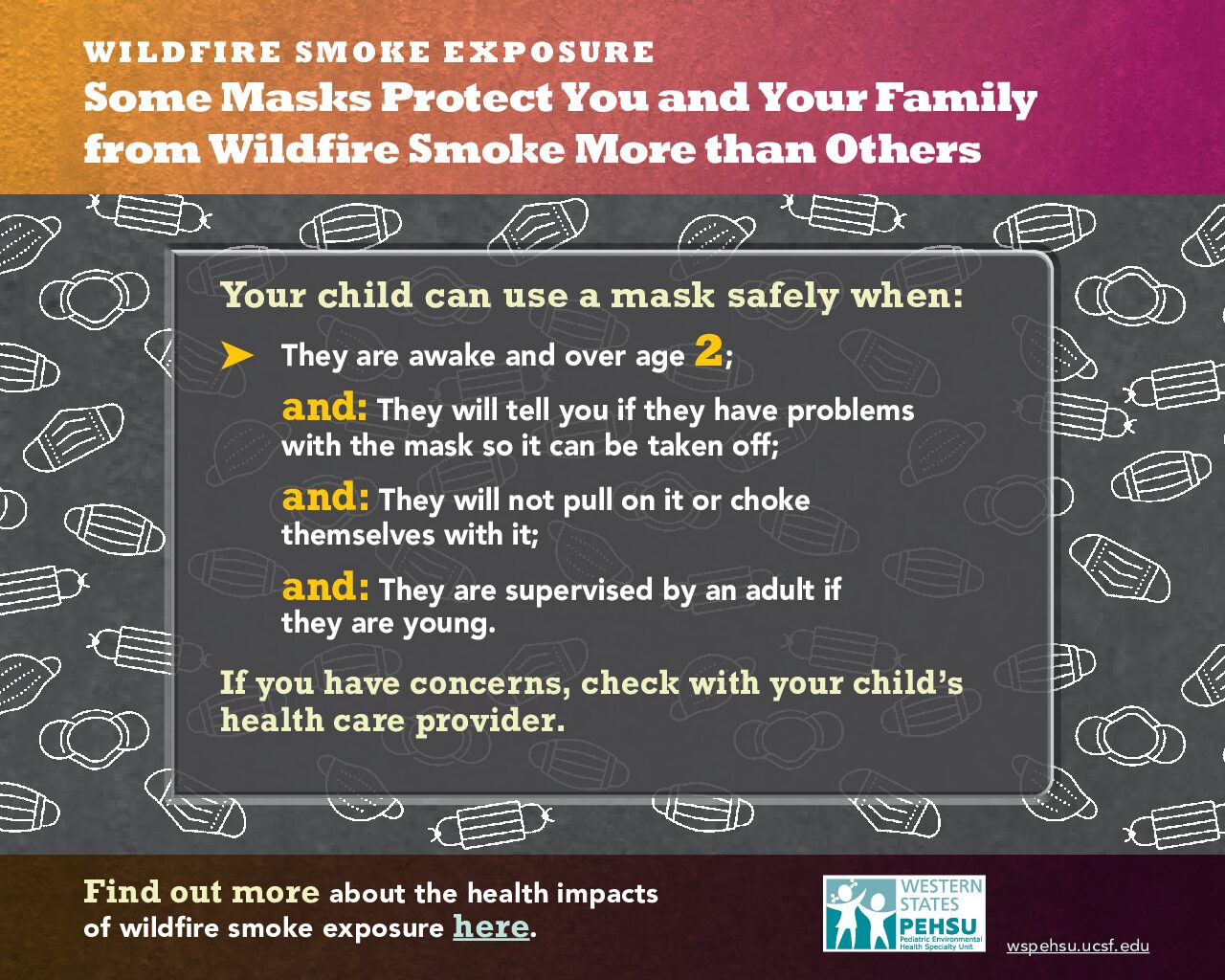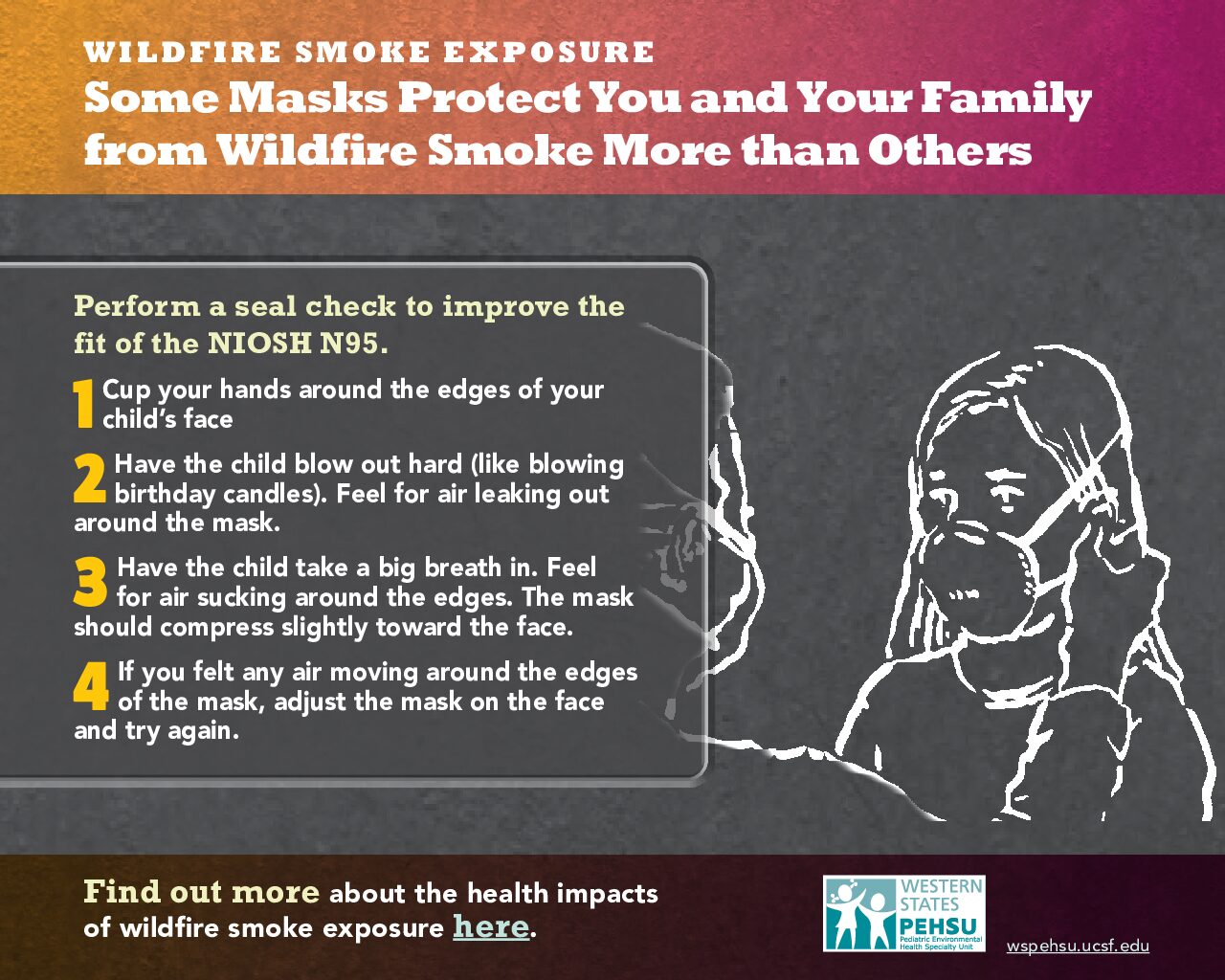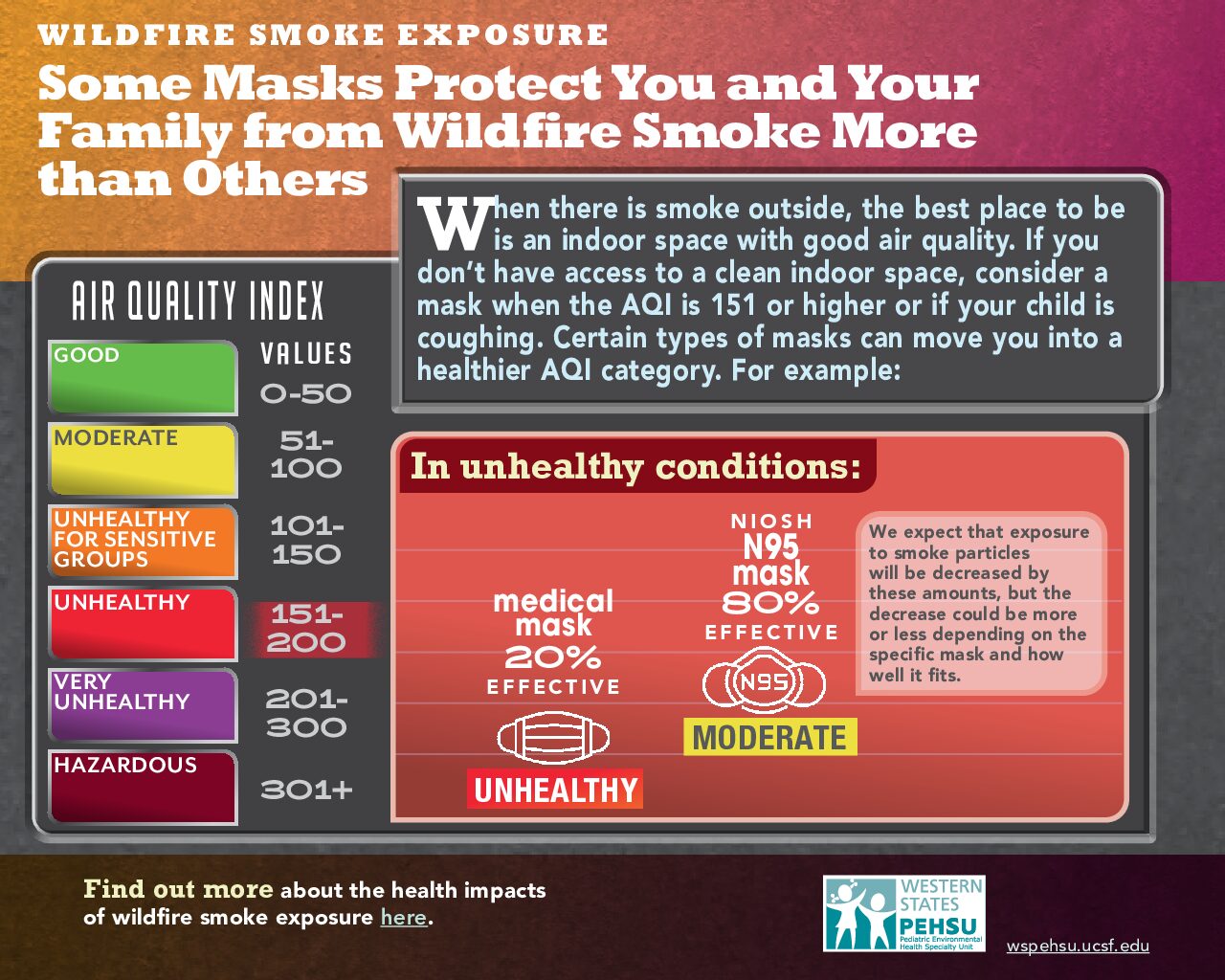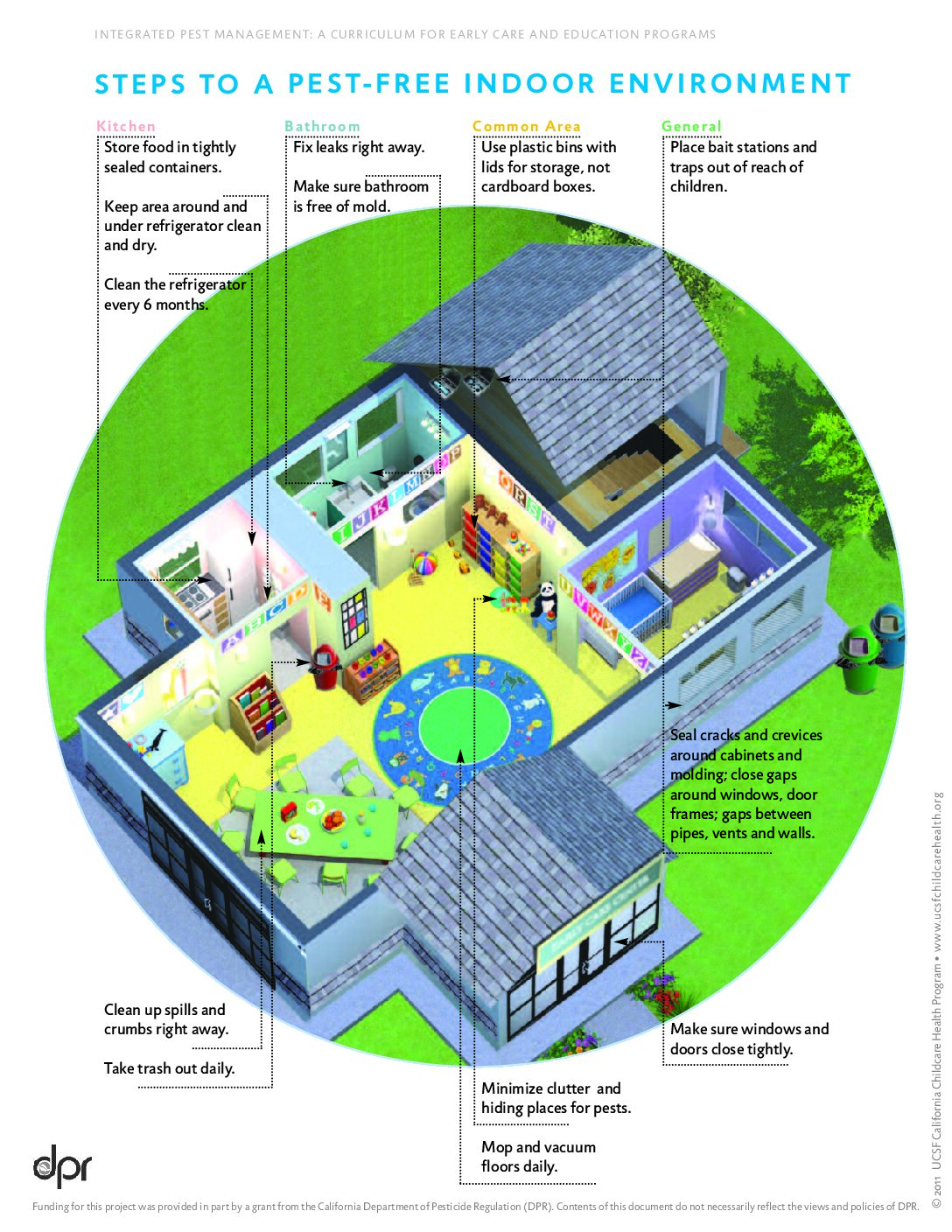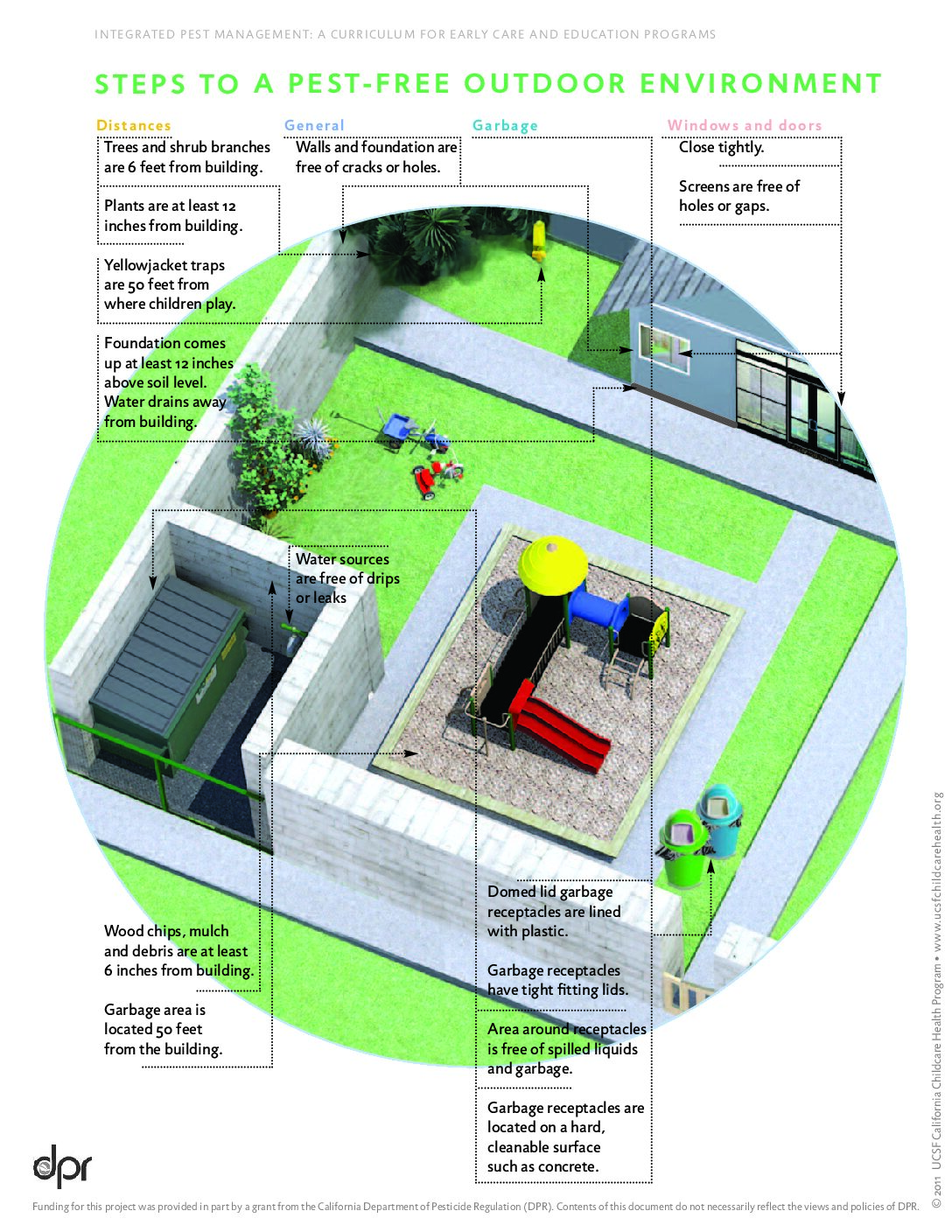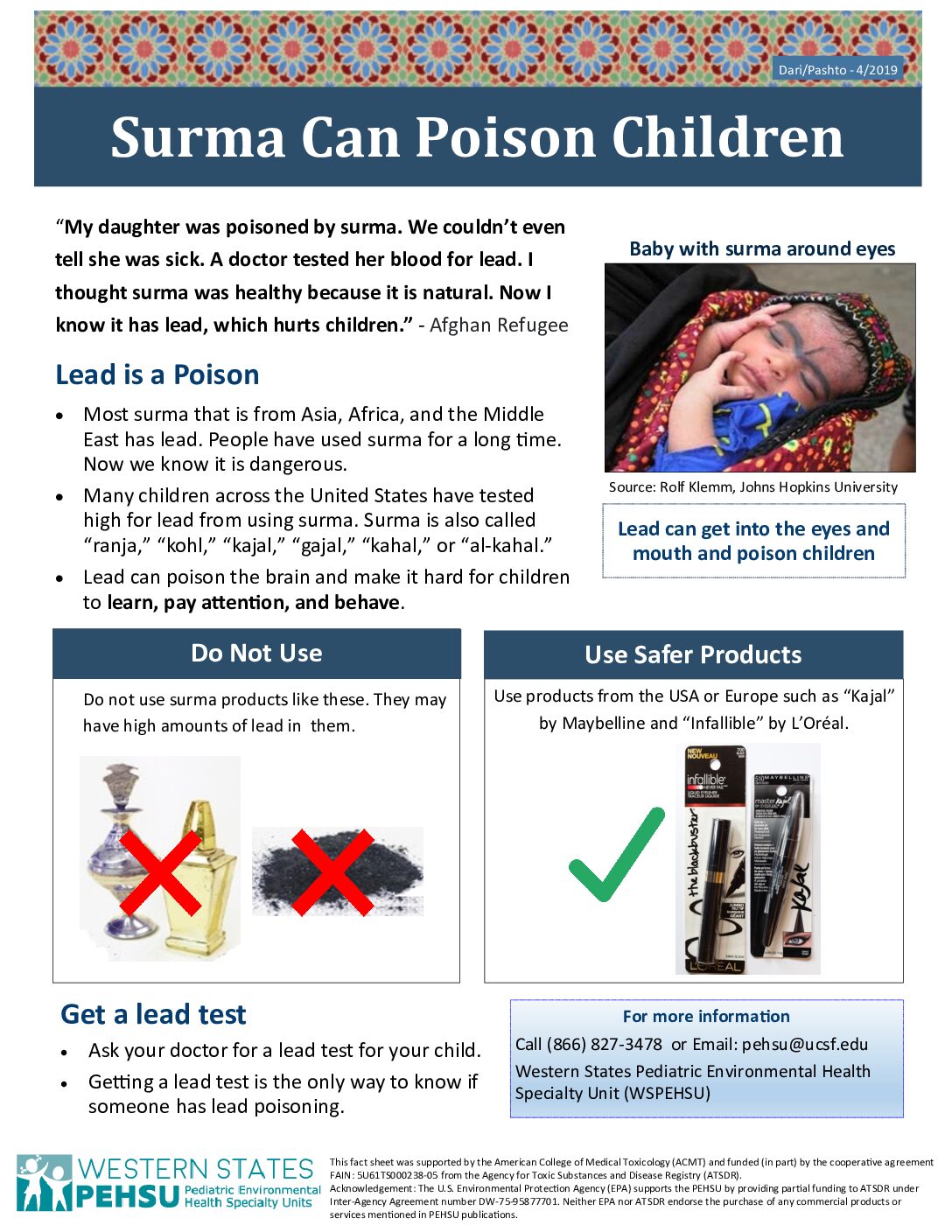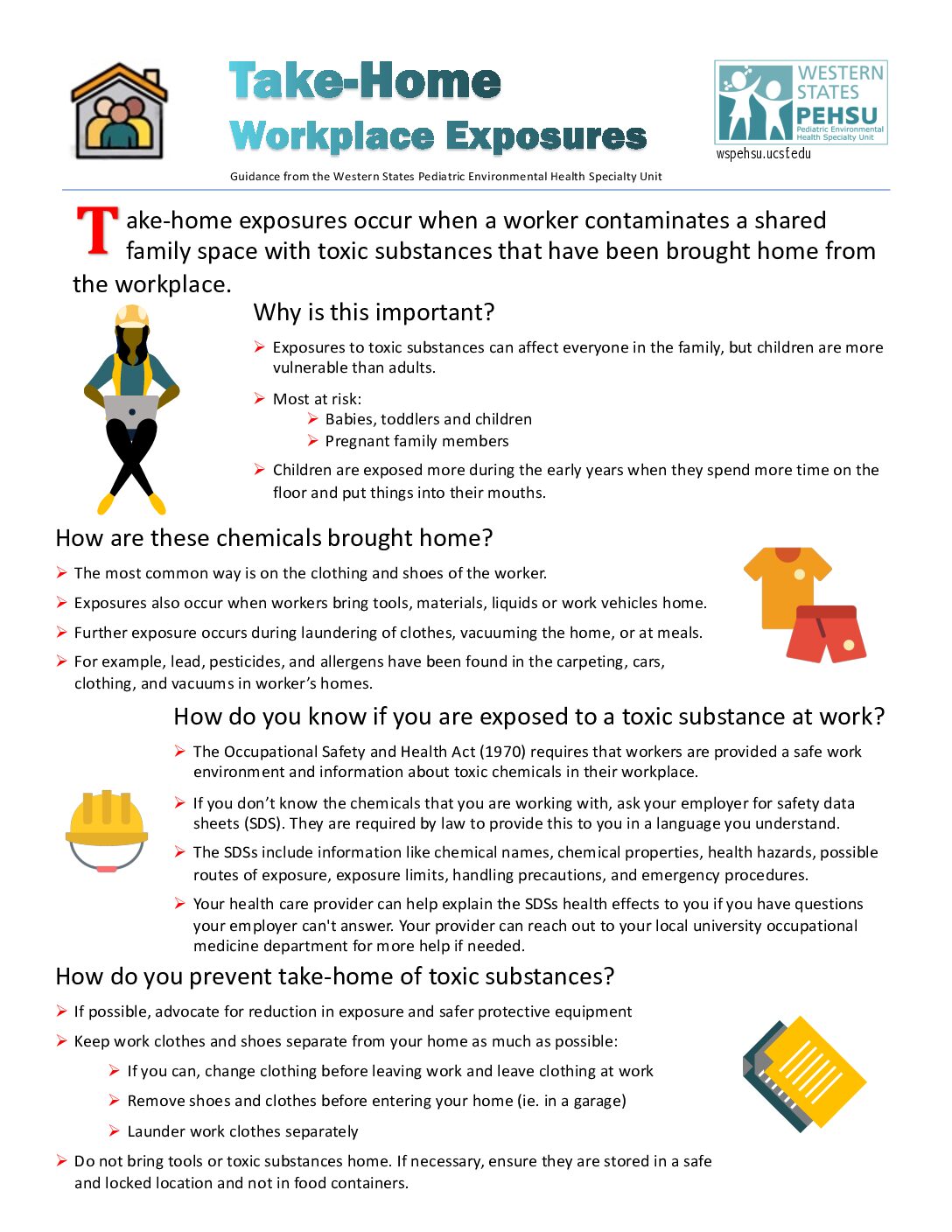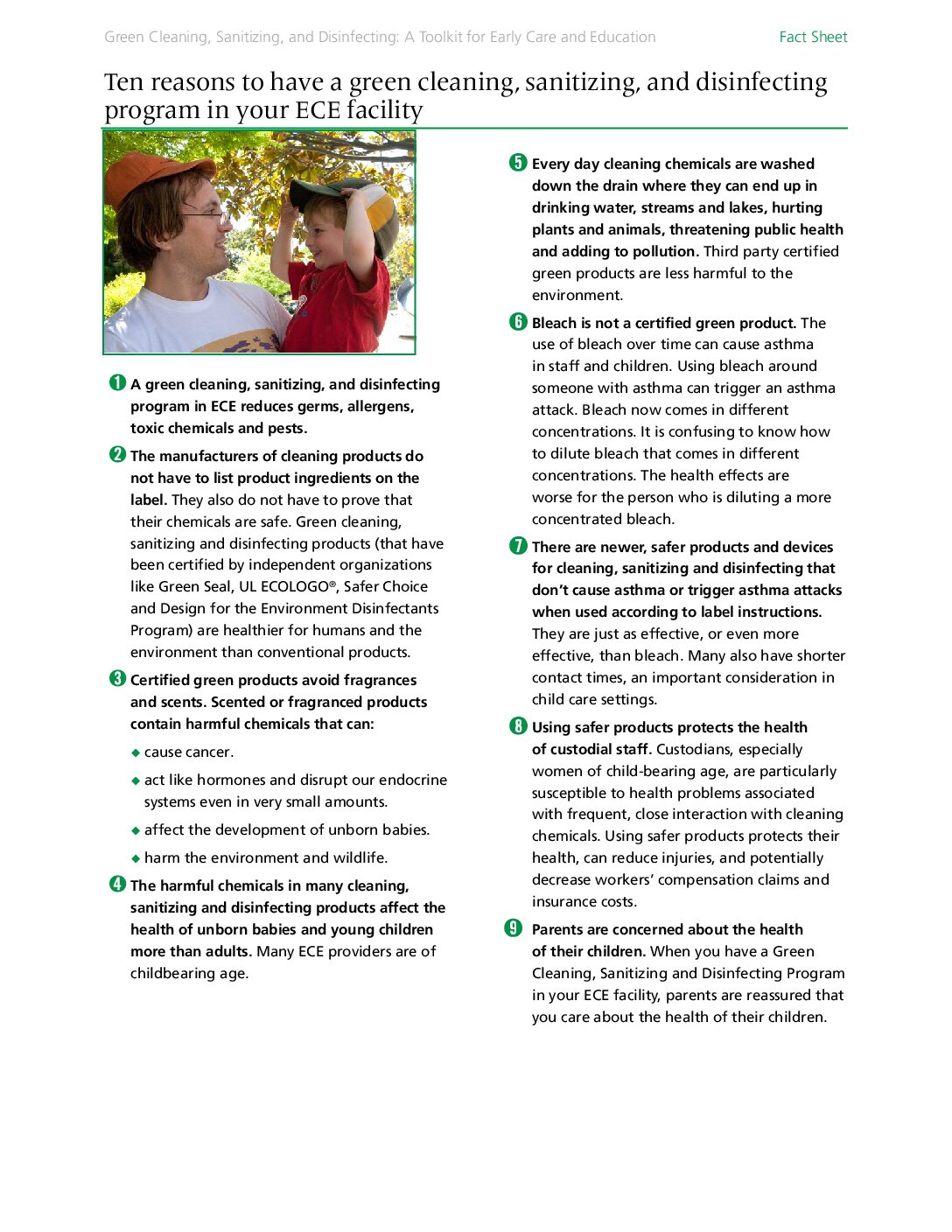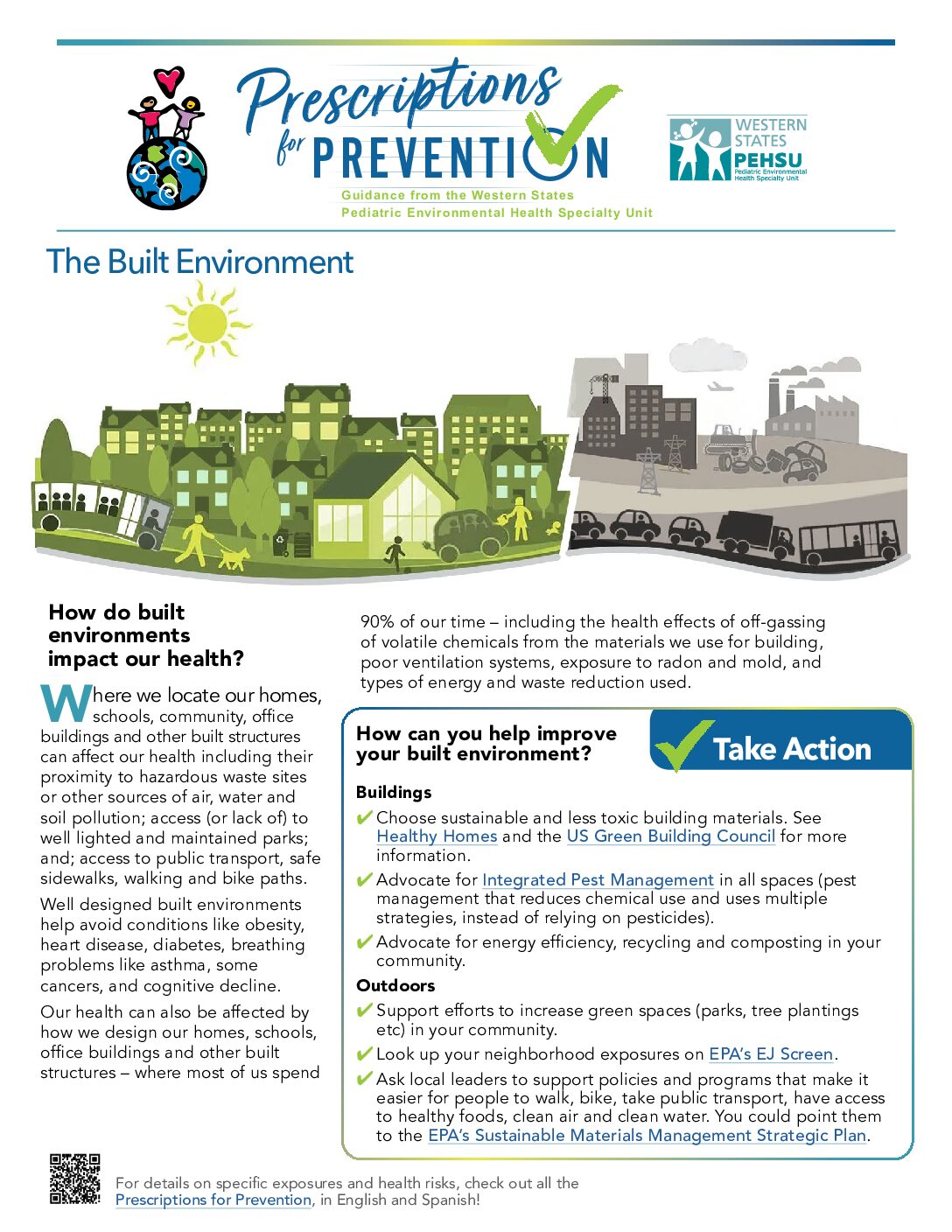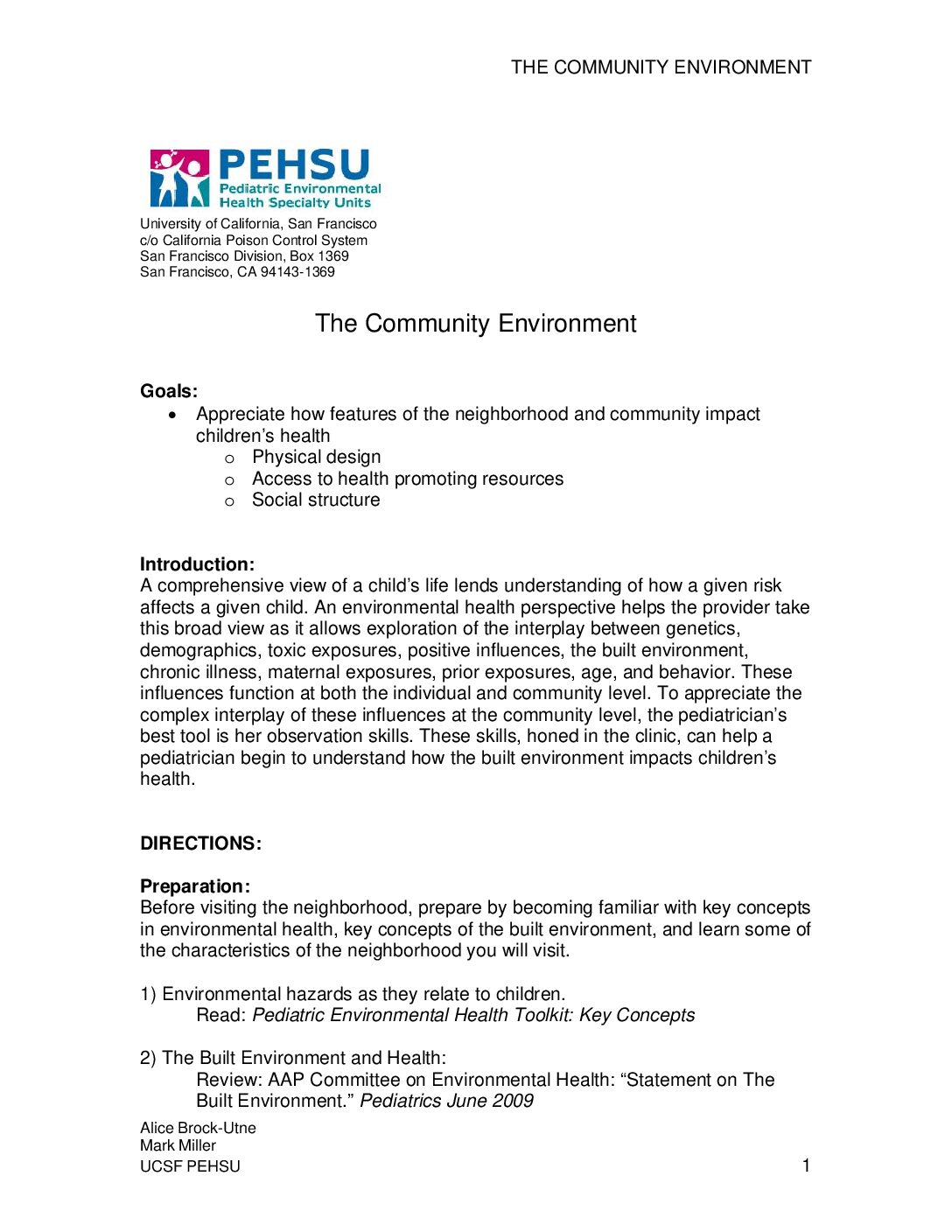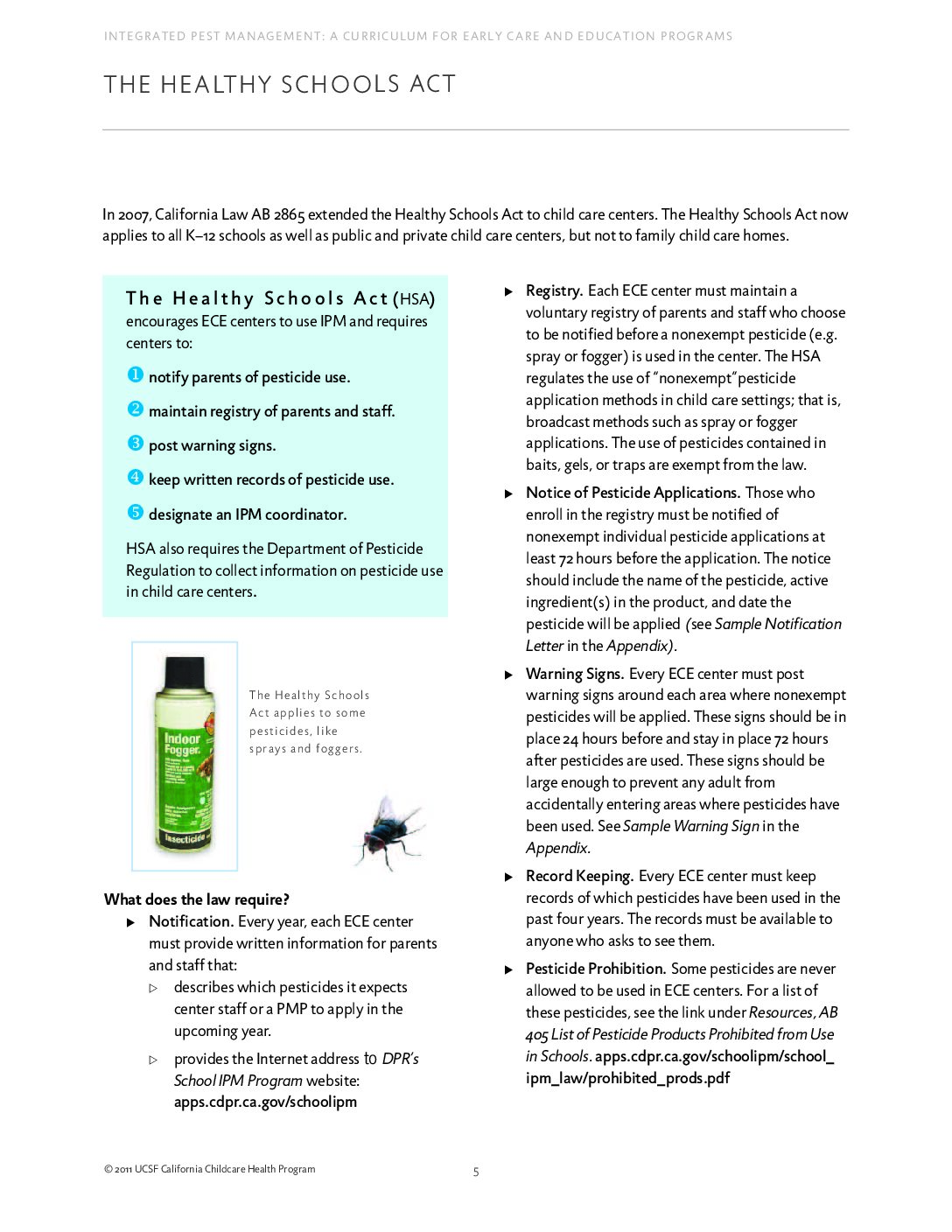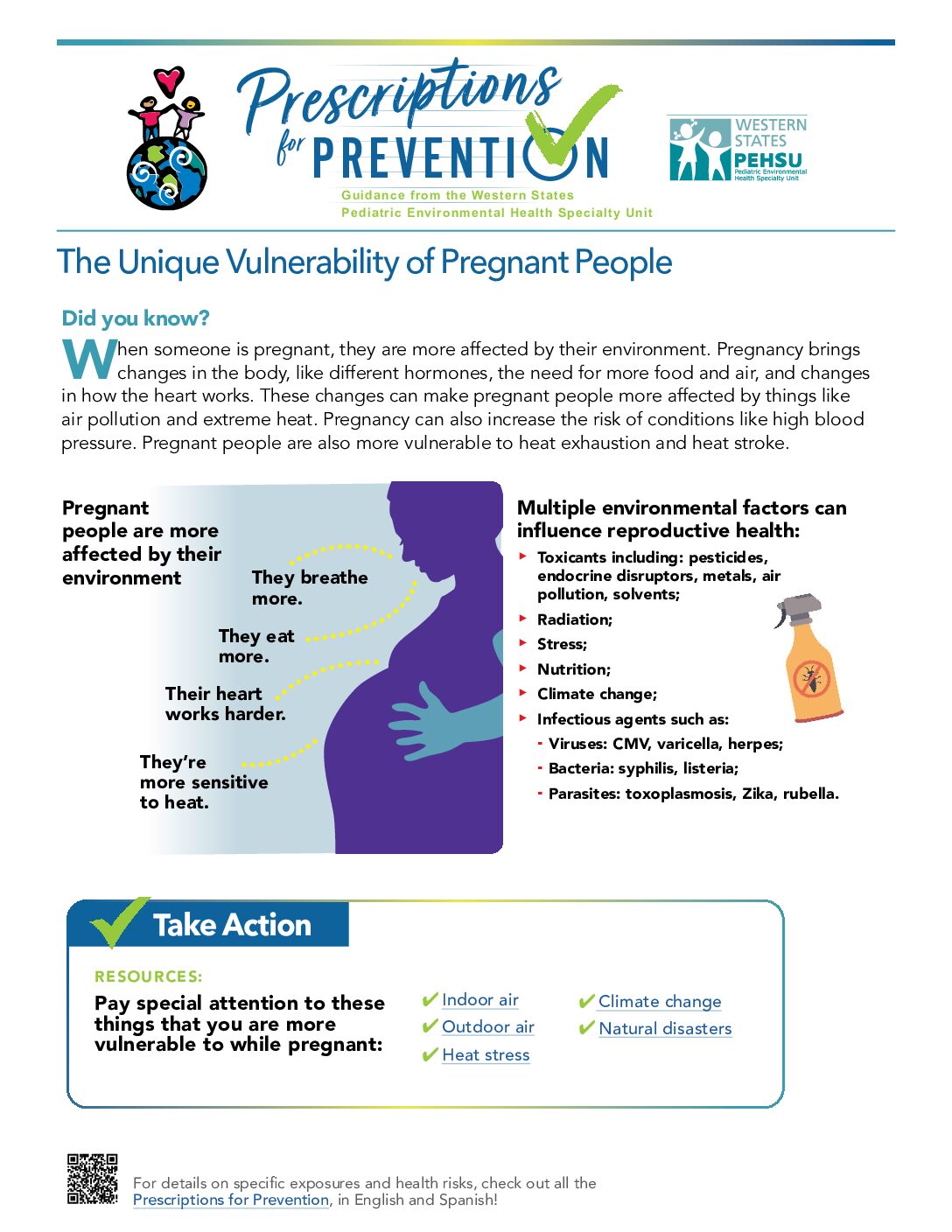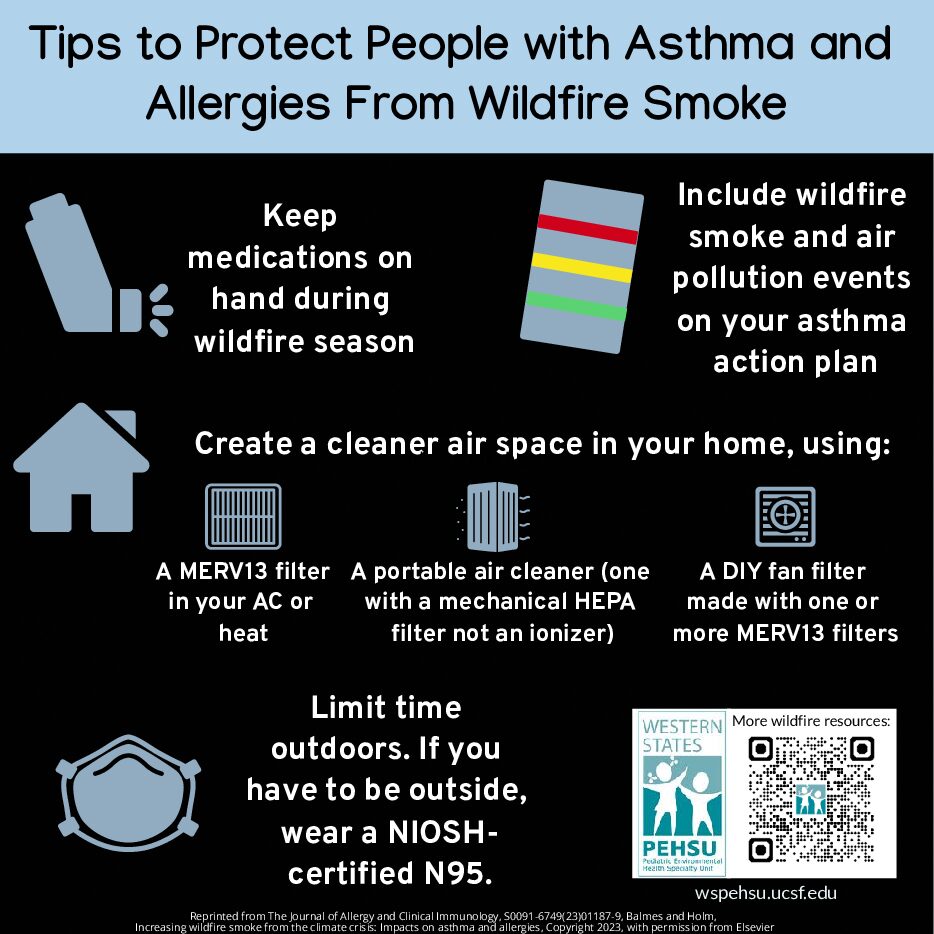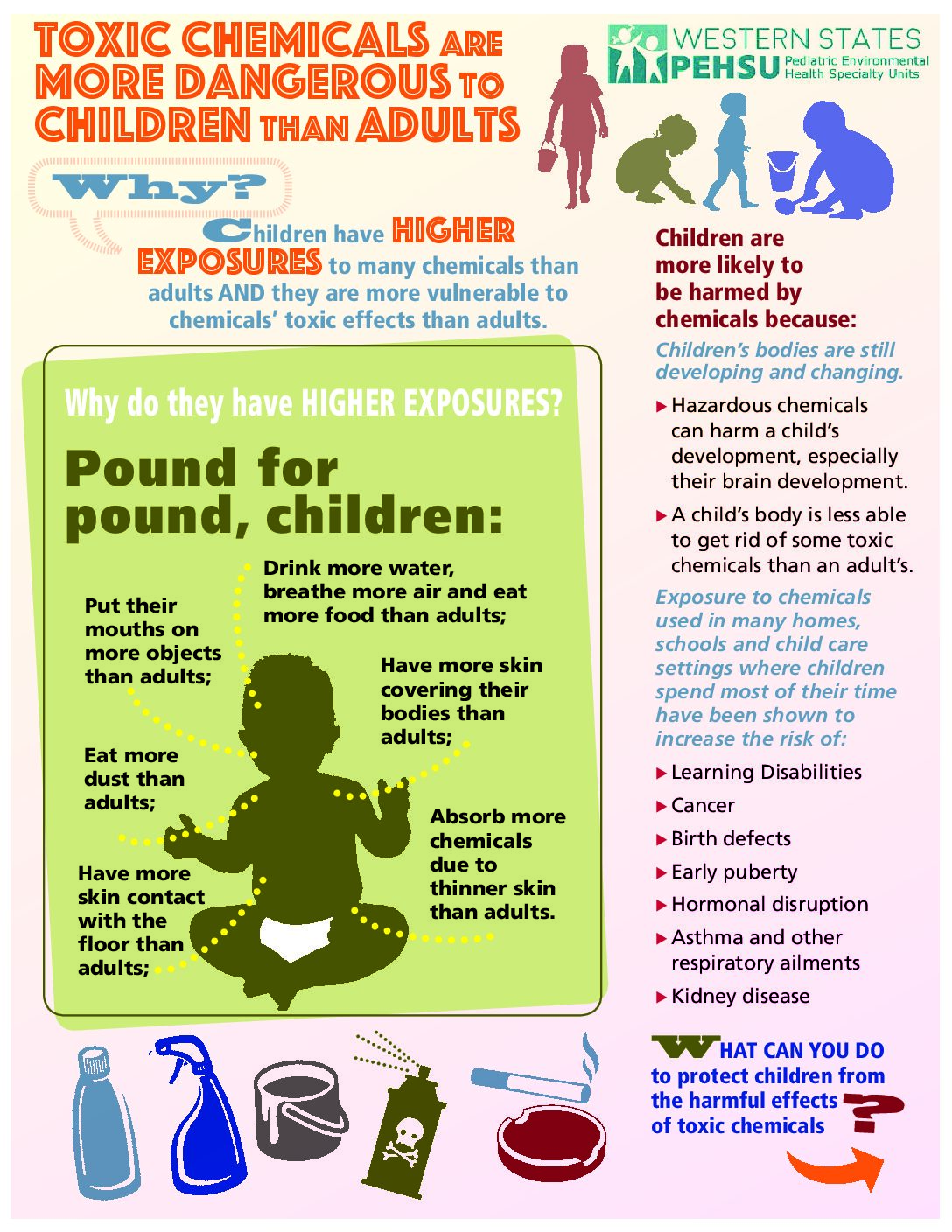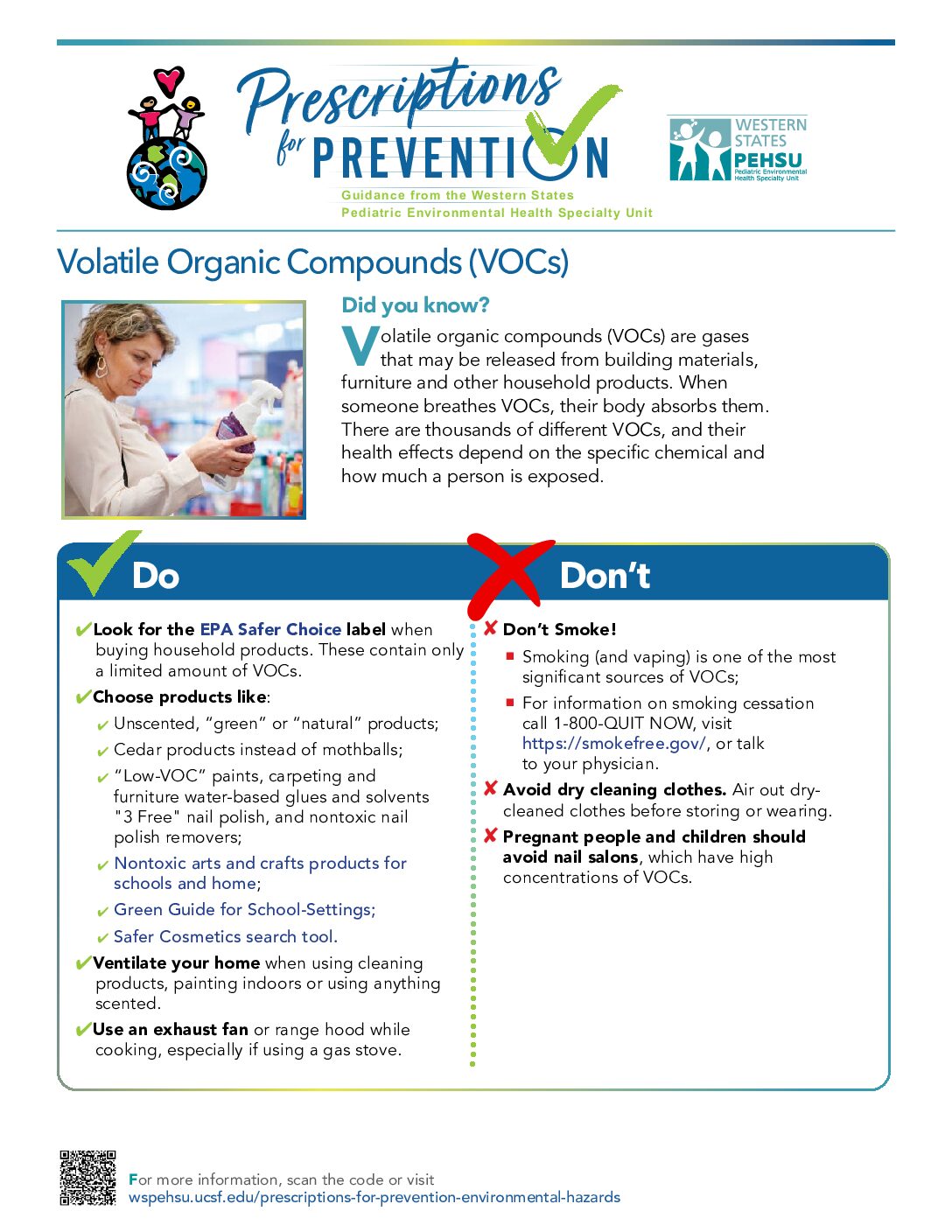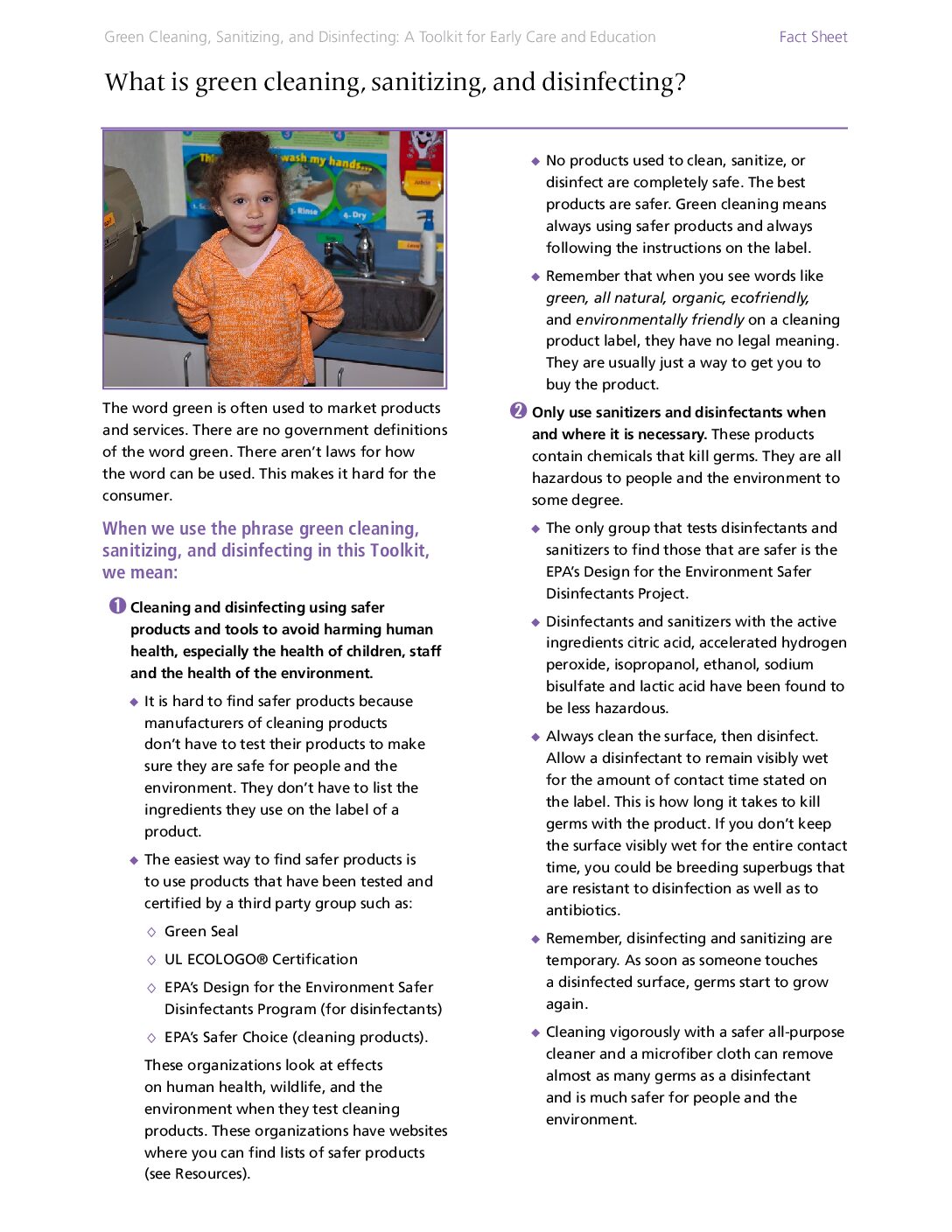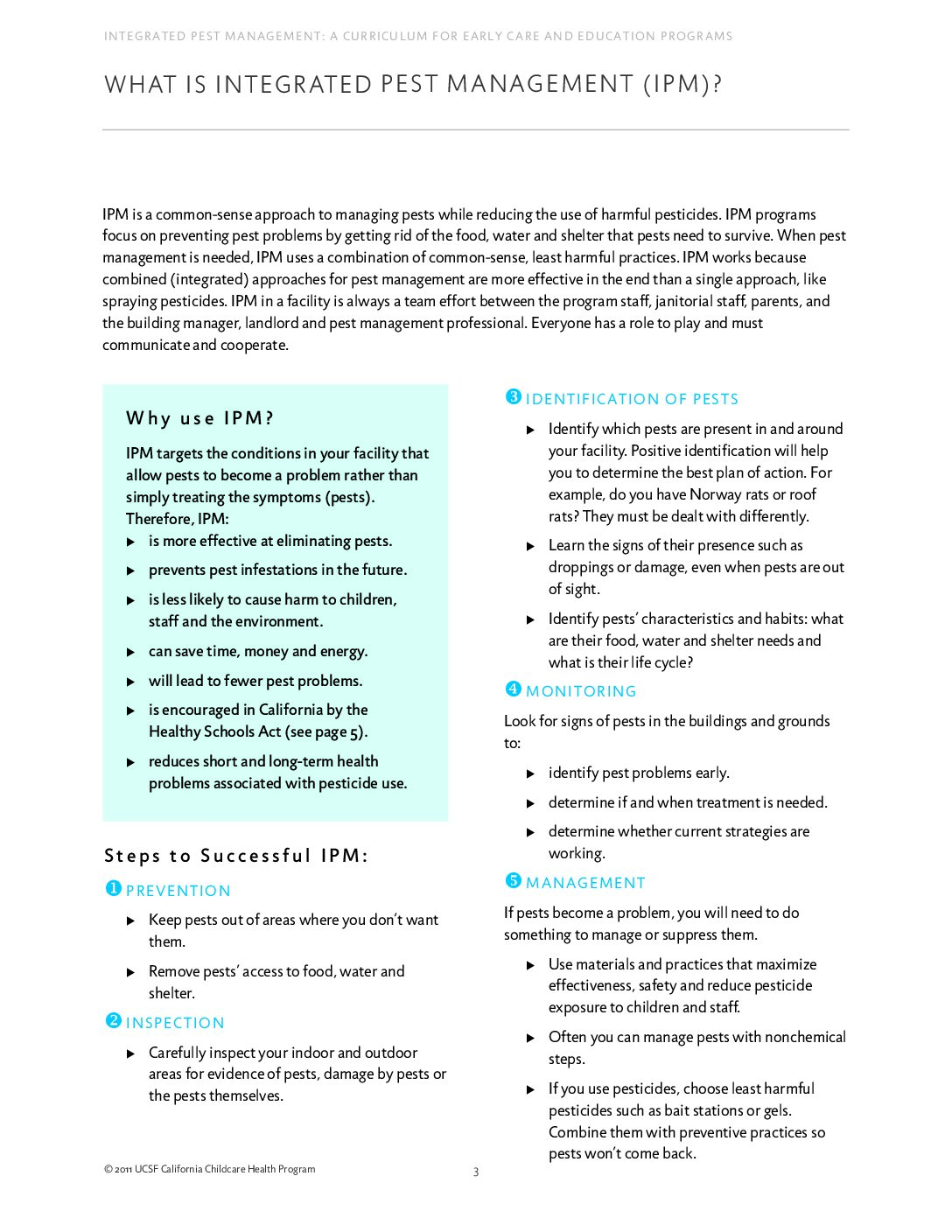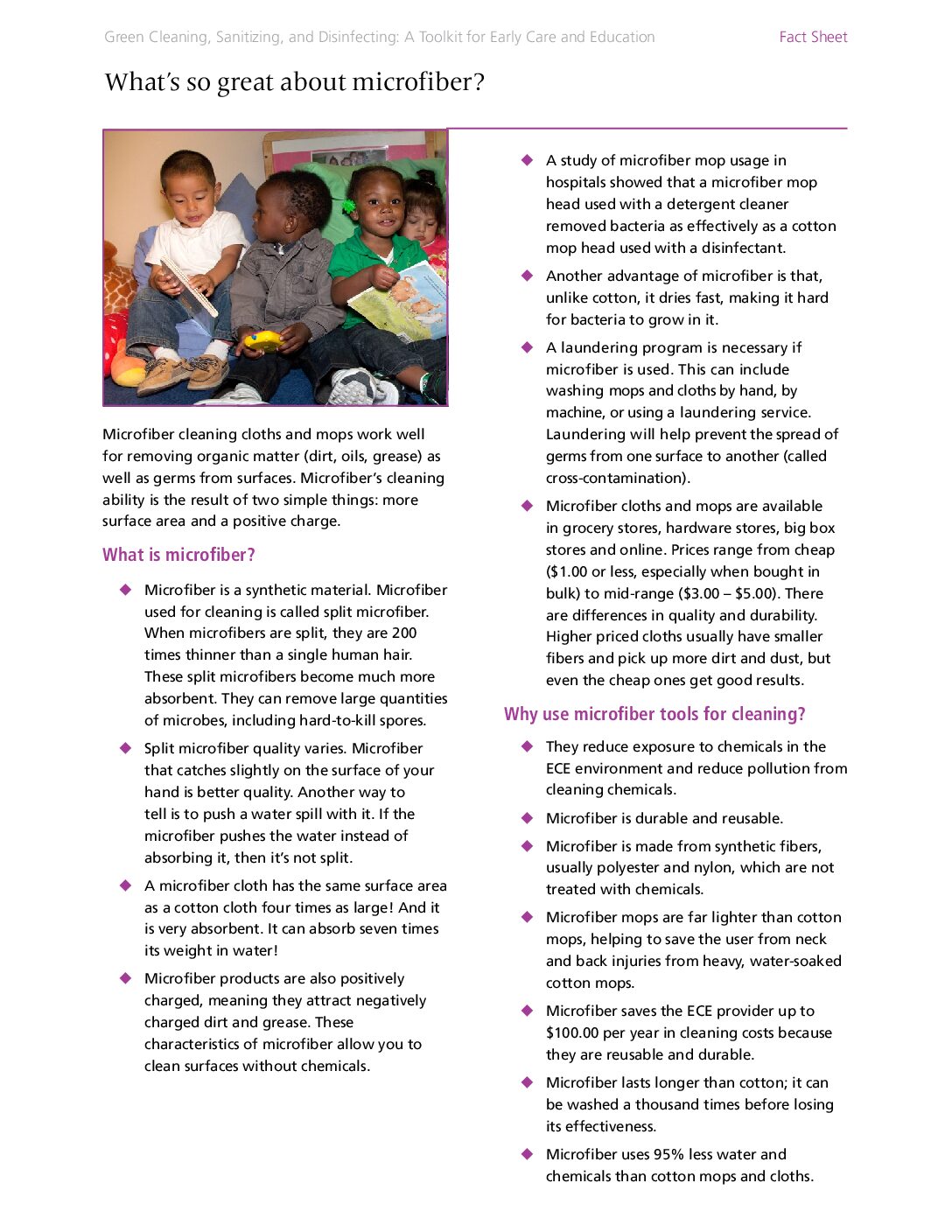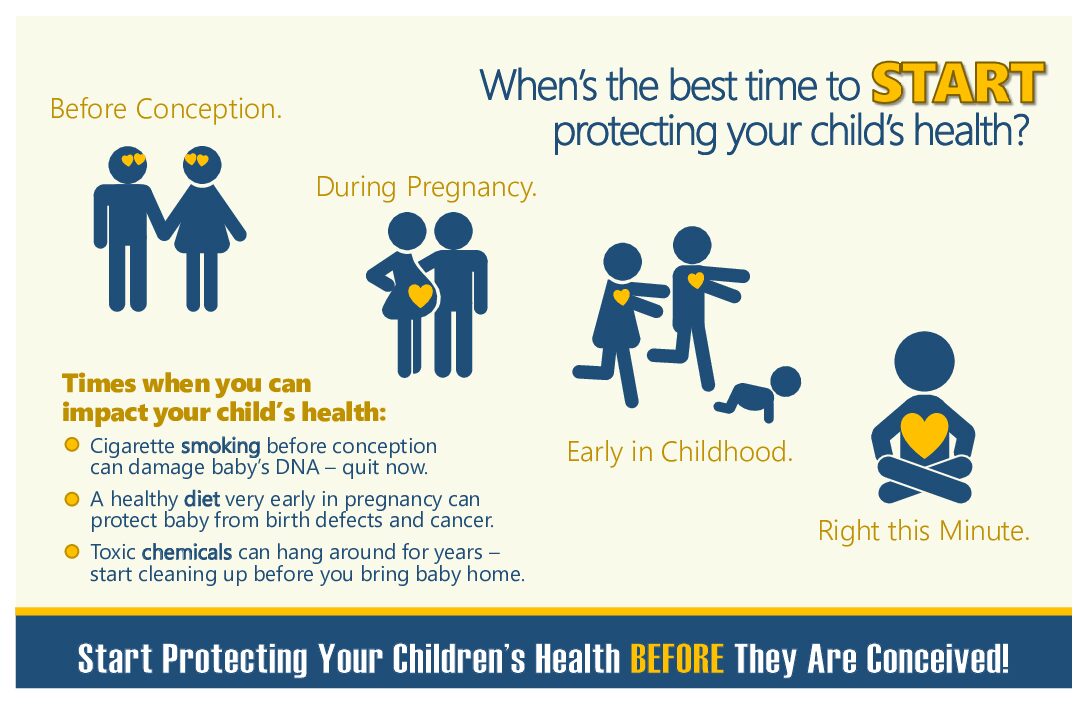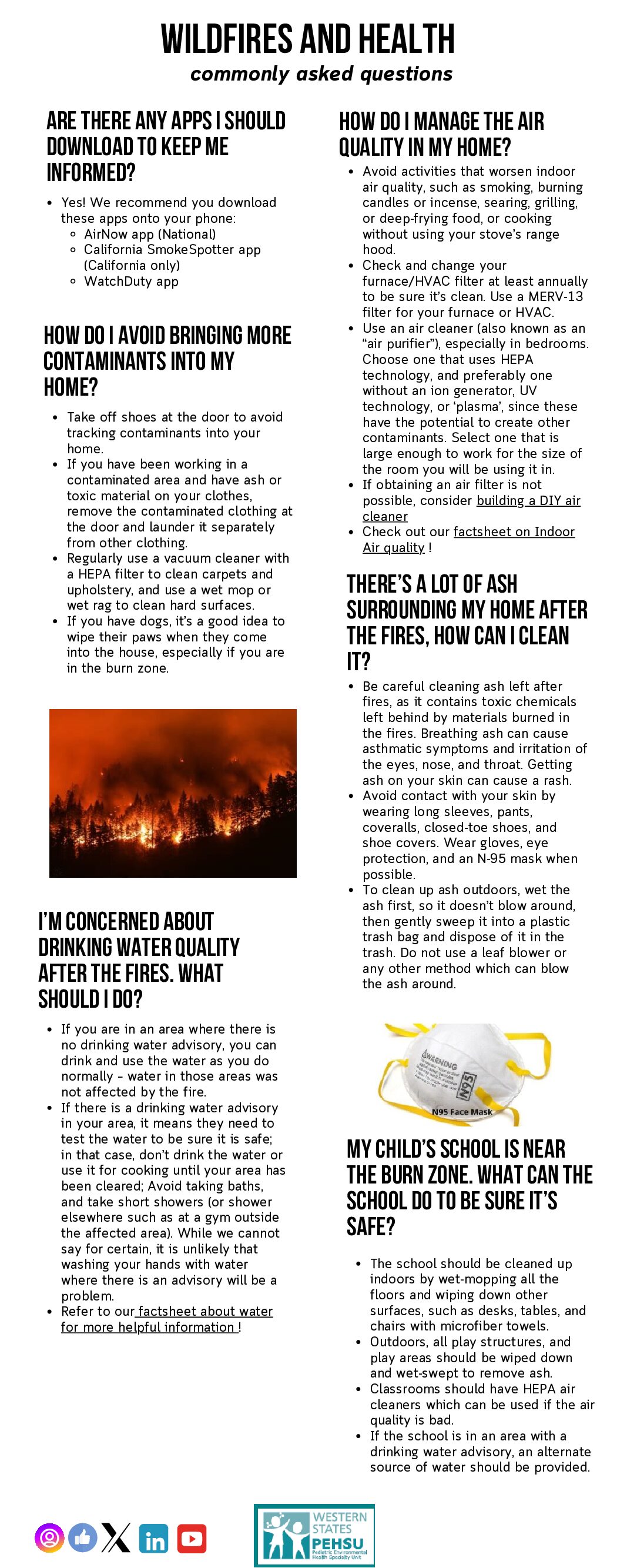This document provides an overview of polychlorinated biphenyls (PCBs), their health risks, and ways to limit exposure.
This document covers the history, health risks, and current issues related to PCBs, advising on strategies to avoid exposure.
This document provides comprehensive guidelines to help California schools prepare for and respond to wildfire smoke events, including strategies for maintaining indoor air quality, communication protocols, and recommendations for student and staff safety during such incidents.
This factsheet discusses radon, a radioactive gas linked to lung cancer, and provides guidance on testing and mitigating radon levels in homes.
This document provides a detailed list of resources and references for effective green cleaning and sanitization practices.
This document lists the references used in the Kids Cancer Journal, providing evidence-based information on environmental health.
This document compiles references for environmental health topics and resources to support research and education.
This document contains a list of annotated references related to environmental health topics and best practices.
This document provides a comprehensive list of references used for the environmental health website.
This comprehensive guide explores the link between childhood cancer and environmental exposures, offering prevention strategies.
This document compiles key resources for understanding and addressing environmental health risks in various contexts.
This infographic provides practical tips on safely disinfecting spaces to reduce the spread of infectious diseases.
This factsheet provides guidelines for effective and safe disinfection practices to minimize health risks.
This factsheet provides guidance on choosing safer disinfecting methods to protect health and the environment.
This document provides information on maintaining a healthy school environment through safer cleaning and pest management practices.
This document explains how to sanitize spaces safely and effectively while minimizing exposure to harmful chemicals.
This factsheet discusses the health risks associated with secondhand smoke exposure. It highlights the dangers to both children and adults, provides statistics on exposure rates, and suggests measures to reduce involuntary inhalation of tobacco smoke.
This document addresses health risks from contaminated soil, especially for children and gardeners, and offers tips for safe gardening practices.
This poster highlights steps to protect health and improve air quality during and after wildfire events.
This infographic provides tips for protecting children during wildfire smoke events, including air filtration and mask use.
This document explains how to perform a seal check on respirators to ensure effective protection during wildfire smoke events.
This infographic explains the impact of wildfires on air quality and provides tips for staying safe during smoke events.
Este póster destaca prácticas para mantener interiores libres de plagas mediante el uso de manejo integrado de plagas.
This poster emphasizes strategies for keeping outdoor spaces pest-free using integrated pest management techniques.
This bilingual document addresses the risks associated with surma and suggests methods to minimize exposure.
This document discusses how workplace contaminants can be transported home and offers preventive strategies.
This factsheet highlights the benefits of adopting green cleaning, sanitizing, and disinfecting programs in schools and workplaces.
This resource explores how urban planning and the built environment impact health, emphasizing the importance of access to green spaces, clean air, and safe infrastructure.
This activity guide offers a practical framework for engaging communities in environmental health assessments through neighborhood walks.
This guide provides step-by-step instructions for organizing community walks to identify and address local environmental health concerns.
This document outlines the requirements and recommendations under the Healthy Schools Act to ensure a safer environment for children.
This document explores why children are more susceptible to environmental hazards due to their developing systems and behaviors, offering guidelines for enhanced protection.
This factsheet focuses on the specific risks of environmental exposures during pregnancy and their potential impacts on fetal development, stressing the importance of preventive measures.
This poster provides actionable tips for using eco-friendly cleaning and disinfecting products effectively.
Recommendations for protective actions (such as staying indoors with filtered air and ash cleanup protocols), and guidance on mask use, evacuation considerations, and emotional support during wildfire events.
This document explores common toxic exposures, their health impacts, and strategies for reducing risks.
This document provides an overview of Integrated Pest Management (IPM) practices and their benefits for health and safety.
This factsheet highlights the sources of VOCs, their health effects, and strategies to improve indoor air quality by reducing VOC exposure.
This document covers common water contaminants, their health risks, and steps to ensure safe drinking water through testing and filtration.
This document introduces the concept of green cleaning and its benefits for health and the environment.
This document explores factors affecting indoor air quality and provides actionable steps to improve it for better health outcomes.
This document introduces the concept of Integrated Pest Management (IPM) and explains its importance for sustainable pest control.
This document promotes the use of microfiber cleaning products as an eco-friendly and effective alternative to traditional cleaning methods.
This factsheet discusses the safe use of bleach as a disinfectant and highlights precautions to minimize health risks.
This document provides guidance on making healthy choices before conception, during pregnancy, and in early childhood to safeguard children’s health.
This document provides guidance on using air filtration systems to improve indoor air quality and reduce exposure to pollutants.
Factsheet on wildfires, safety precautions, and cleanup procedures.


